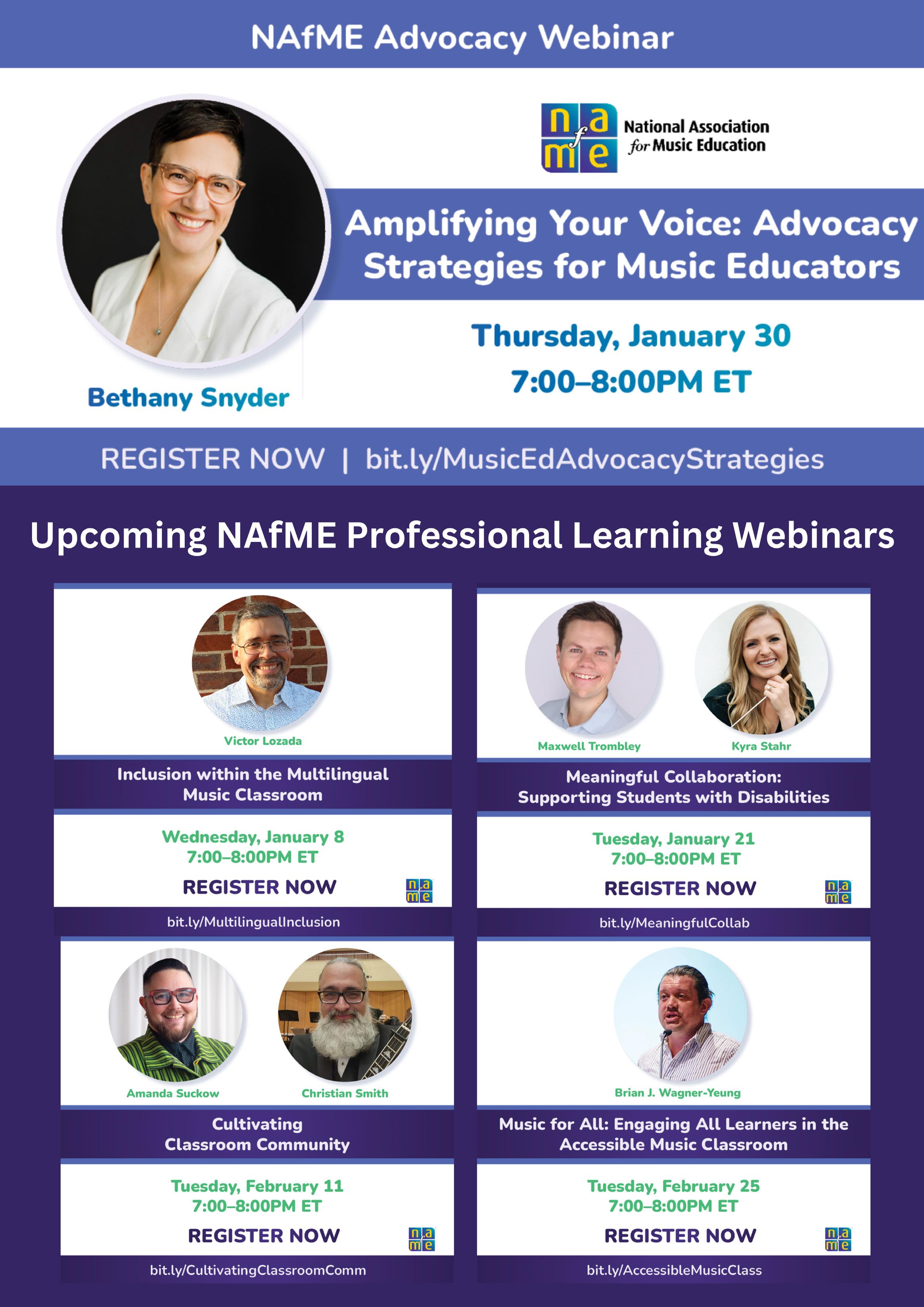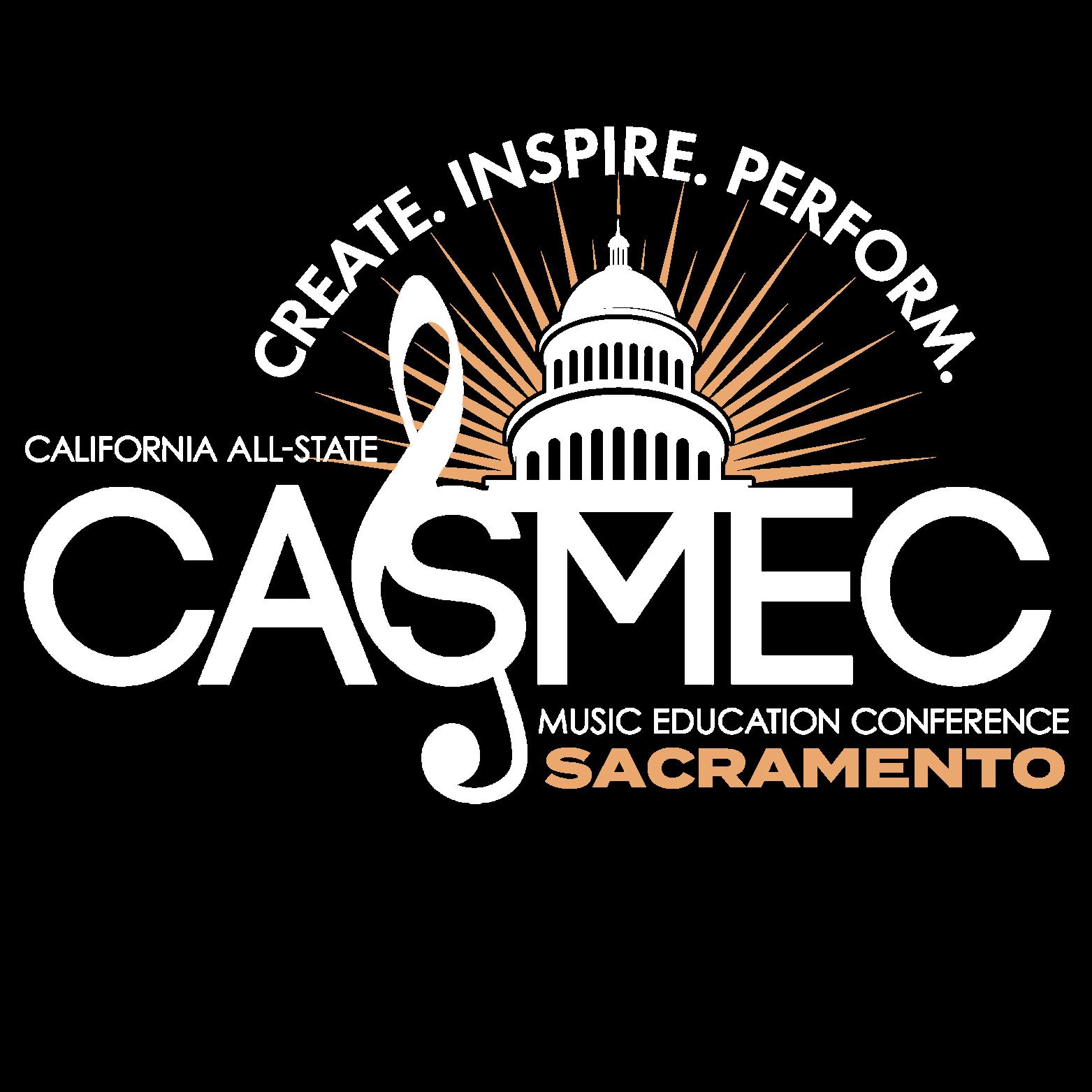







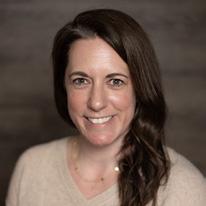

















































































30 Research in Music Education by Dr. Karen Koner, CMEA Higher Education and Research Representative

31 Music Education: It’s Stressful and Hard, Yet Deeply Fulfilling by Dr. Michelle McConkey, CMEA Collegiate Council Advisor Representative

35 Stand Up 4 Arts Education Advocacy Day Performances LIVE at the State Capitol! by John Brashier, CMEA Advocacy Day Performance Coordinator
35 Rural Schools Update by Jeremiah Jacks, CMEA Rural Schools Representative




























36 Urban Schools Update by Claudio Alcantar, CMEA Urban Schools Representative
25 A Story to Tell: 3 Quick Tips about Storytelling on Social Media for Music Education by Nico Salum, CMEA Social Media Representative
Meet the CMEA Collegiate Council
28 Navigating the Festival Season: Strategies for Success, Mental Wellness, and Student Growth by Becky Stewart, CMEA Diverse Learners Representative
37 Squal Goals: Our Adventure in Wandering Through Diversity, Equity, Inclusion and Access by Adam Green, CMEA DEIA Representative
38 Collaborative Growth: Highlights from the Annual Music Supervisors Professional Learning Day by Anthony Dahl, CMEA Music Supervisors Representative


Address:
Graphic Designer: Adam Wilke
Editors:
Business Manager: Trish Adams CMEA Administrative
N 11th Ave, Hanford, CA 93230
559 904–2002 E-mail: cmea@calmusiced.com
www.calmusiced.com
Executive Board of CMEA serves as the Editorial Committee. The observations and opinions expressed in any article in this magazine are those of the author and do not necessarily represent the official position of the Association. CMEA does not necessarily endorse any product or service advertised in this magazine.
of
42 Elementary Update by Dr. Jenny Gee, CMEA Elementary TK-5/6 Representative
42 Creating and Composing by Dr. Megan Foley, CMEA Creating and Composing Representative
42 Global Music Sessions by Dr. Will Copola, CMEA Global Music Education Representative
2022-2024 Anne Fennell, San Diego
2020-2022 Armalyn De la O, San Bernadino
2018-2020 John Burn, Cupertino
2016-2018 Scott Hedgecock, Fullerton
2014-2016 Michael D. Stone, Bakersfield
2012-2014 Russ Sperling, San Diego
2010-2012 Norman Dea, Walnut Creek
2008-2010 Jeff Jenkins, Chula Vista
2006-2008 Cheryl Yee Glass, Danville
2004-2006 Rob Klevan, Pacific Grove
2002-2004 Sam Gronseth, Paradise
2000-2002 George DeGraffenreid, Fresno
1998-2000
Dennis L. Johnson, Salinas
1996-1998 Jay D. Zorn, La Crescenta
1994-1996 Don Doyle, Pasadena
1992-1994 Bill Adam, Roseville
1990-1992 Carolynn Lindeman, Greenbrae
1988-1990 L. Leroy Roach, Walnut Creek
1986-1988 John L. Larrieu, Portola
1984-1986 Vivian M. Hofstetter, Bakersfield
1982-1984 David S. Goedecke, Stockton
1980-1982 Charles L. Freebern, San Diego
1978-1980 Henry Avila, Monterey
1976-1978 Mary C. Reed, Elk Grove
1974-1976 Marlow Earle, Lakewood
1972-1974 Louis Nash, La Crescenta
1970-1972 Anthony L. Campagna, Foster City
1968-1970 Judd Chew, Sacramento
1966-1968
1964-1966
Kenneth D. Owens
Keith D. Snyder, Davis
1962-1964 Gibson Walters, San Jose
1960-1962
1957-1960
Douglas Kidd
Joseph W. Landon, Fullerton
1955-1957 Harold Youngberg, Oakland
1953-1955 Fred Ohlendorf, Long Beach
1951-1953 George F. Barr
1949-1951
Elwyn Schwartz
1947-1949 Clarence Heagy, Fresno
42 Retired Members Update by Rita Zigas-Brown, CMEA Retired Members Representative
43 CBDA Social Impact Consortium by David Green, CBDA Director of Communications
44 CODA Update by Tiffany Ou-Ponticelli, CODA President
46 CAJ Winter Update - 2025 CASMEC Jazz Events by Tina Raymond, CAJ President
2024 - Cathy Olinger, Michael Phenicie
2023 - Norm Dea, John Abigana
2022 - Marlene Mudge
2020 - Stephen Luchs
2019 - Judi Scharnberg, Jeri Webb
2018 - Dr. Lawrence Stoffel, Dean Hickman
2017 - Dr. Edward Harris, Michael Corrigan, James Mazzaferro
2016 - Dr. Robert Halseth, Rosemarie Krovoza, Rick Meyer
2015 - Dale Anderson, Ann Marie Haney, Dr. Thomas Lee
2014 - Jon Christian
2013 - Orrin Cross
2012 - Gayane Korkmazian, 2012; Gerald E. Anderson, 2012;
2011 - David Whitwell
2010 - Nicholas Angiulo, Vincent Gomez
2009 - Kem F. Martinez, Carl W. Schafer, Robert W. Lutt
2008 - Duane Weston
2007 - John Larrieu, Mary Val Marsh, Barbara Cory, Bill Ingram
2006 - Carolynn Lindeman, Joe Foster, Paul Shaghoian
2005 - Frances Benedict, L. Leroy Roach, Silvester McElroy, Jerry Kirkpatrick
2004 - Robert Greenwood, Arthur Huff, Lyle Stubson, Lois Vidt
2003 - John Farr, Thomas Eagan
2002 - Larry Johnson, Mary Louise Reilly
2001 - William Hill, Helynn Manning, Wesley “Colonel” Moore
2000 - Vivian Hoffstetter, F. John Pylman
1999 - Lawrence Sutherland
1998 - Chuck Schroeder
1997 - Dean Semple
1996 - Burl Walter Jr.
1994 - Jerry Moore
1992 - Mike Pappone
1991 - David Goedecke
1987 - Marlowe Earle
1975 - Russell Howland 40 Embracing Teachnology in Music Performance Education Today by Jack Aron, CMEA Music Education Through Technology Representative
1985 - Arthur Dougherty
1983 - William Burke
1981 - Aubrey Penman
1979 - Steve Connolly
1977 - Howard Swan

CMEA EXECUTIVE BOARD
CMEA President Chad Zullinger czullinger@calmusiced.com
CMEA President-Elect Holly MacDonell hmacdonell@calmusiced.com
CMEA Vice President Ryan Duckworth rduckworth@calmusiced.com
CMEA Secretary Emelynn Montoya emontoya@calmusiced.com
CMEA Immediate Past President Anne Fennell afennell@calmusiced.com
CMEA OFFICE
cmea@calmusiced.com 2417 North 11th Avenue Hanford, CA 93230 559 904-2002
CMEA Executive Administrator Trish Adams cmea@calmusiced.com 559 904-2002
CMEA Administrative Assistant Heather Adams hadams@calmusiced.com
CMEA Legislative Advocate Martha Zaragoza Diaz lobbyist1.mzd@gmail.com
CMEA Magazine Graphic Designer Dr. Adam Wilke awilke@calmusiced.com
NAfME OFFICERS
NAfME President Deborah Confredo debconfredo@temple.edu 1806 Robert Fulton Drive Reston, VA 22091 800 336-3768
NAfME Western Division President Mike Stone stonem@bcsd.com
SECTION PRESIDENTS
CMEA Bay Section President Craig Bryant Craig@cmeabaysection.orgg
CMEA Capitol Section President Christopher J. Tootle president.cmeacs@gmail.com
CMEA Central Section President Elisha Wells elisha.wells@fresnocitycollege.edu
CMEA Central Coast Section President Barry Capiaux barry_capiaux@nmcusd.org
CMEA North Coast Section President Katri Pitts kpitts@cuttensd.org
CMEA Northern Section President Dr. Jane Brown jbrown@pcoe.k12.ca.us
CMEA Southeastern Section President Dr. David Betancourt dbetancourt@cerritos.edu
CMEA Southern Border Section President Emma Schopler emmaschopler@gmail.com
CMEA Southwestern Section President Dr. Tamara Thies
Tamara.Thies@csulb.edu
COUNCIL OF REPRESENTATIVES
CMEA CAJ Representative Tina Raymond tinaraymond@tinaraymond.com
CMEA CBDA Representative Dan Bryan dbryan1109@gmail.com
CMEA CCDA Representative Dr. Arlie Langager arlie.langager@gmail.com
CMEA CCDA Choral Leadership Academy Coordinator Dr. Cari Earnhart cearnhart@csufresno.edu
CMEA CODA Representative Tiffany Ou-Ponticelli touponticelli@pausd.org
CMEA Advocacy Day Performance Coordinator John Brasier jbrashie@egusd.net
CMEA Advocacy Representative Armalyn De La O adelao@calmusiced.com
CMEA CASMEC Coordinator Will Melendez itswillmelendez@gmail.com
CMEA Collegiate Council Advisor Representative Dr. Michelle McConkey mmcconkey@csuchico.edu
CMEA Creating and Composition Representative Dr. Megan Foley mfoley@polytechnic.org
CMEA CTA Liason Vacant
CMEA DEIA Representatives Adam Green adam.green@ousd.org
CMEA Diverse Learners Representative Becky Stewart rstewart@mjusd.k12.ca.us
CMEA Elementary Music TK-5/6 Representative Dr. Jenny Gee jlgee@sdsu.edu
CMEA Global Music Education Representative Dr. Will Coppola wcoppola@usc.edu
CMEA Higher Ed and Research Representative Dr. Karen Koner kkoner@sdsu.edu
CMEA Higher Ed Music Education Representative Dr. Tamara Thies tamara.thies@csulb.edu
CMEA Mentorship Program Chairperson Nora Hunter NHunter@chicousd.org
CMEA Music Supervisors Representative Anthony Dahl adahl@musd.net
CMEA Music Education through Technology Representative Jack Aaron jaron96@gmail.com
CMEA New Teacher Representative (5 or less years) Daniel Crispino dcrispino@rbhsd.org
CMEA Retired Members Representative Rita Zigas-Brown rzigas.brown@gmail.com
CMEA Rural Schools Representative Jeremiah Jacks jeromejacks30@gmail.com
CMEA Secondary Music 6-12 Representative Dennis Feinland dcffeinland@gmail.com
CMEA Social Media Representative Nico Salum nicolosalum@gmail.com
CMEA Tri-M Representative Vacant
CMEA Urban Schools Representative Claudio Alcantar claudioalcantar@sbcglobal.net
CMEA State Band and Orchestra Festival Coordinator John Burn jburn@calmusiced.com
CMEA State Choral Festival Coordinator Kenneth Haro Kenneth.Haro@svusd.org
CMEA State Solo and Ensemble Festival Coordinator (North) Kari Estrada kaestrada89@gmail.com
CMEA State Solo and Ensemble Festival Coordinator (South) Dr. David Betancourt dbetancourt@cerritos.edu


As we approach the end of the fall semester, I am filled with gratitude for the remarkable accomplishments of our students, teachers, and the contributions by all of you that nurture creativity, community, and a sense of wonder for students in music classrooms throughout the state. Your dedication and commitment to teaching and learning continue to inspire me and the entire music educator communities in California.
This time ahead also provides a valuable break from teaching, offering the opportunity to reflect and think through the exciting possibilities of our upcoming professional development conference, CASMEC, now less than a month away. I look forward to gathering with colleagues to celebrate and learn from our shared passion for music education. In this article, you will read about inspiring examples of leadership, engagement, and innovation that will be on display in January 2025 at CASMEC. These stories and examples represent the many incredible contributions being made by our CMEA community each and every day.
Last summer at the NAfME National Assembly, I highlighted the California’s All-State Music Education Conference as an exemplar for CMEA. CASMEC is truly collaboration among California’s statewide music education associations, including the California Alliance for Jazz (CAJ), California Band Directors Association (CBDA), California Music Educators Association (CMEA), California Orchestra Directors Association (CODA), and the California Choral Directors Association (CCDA). This model of partnership reflects the spirit of unity and collaboration among these organizations, fostering a shared commitment to advancing music education in California.
I want to thank CASMEC Coordinator Ryan Dirlam and his amazing team who are responsible for the organizing of people, facilities and mobilizing all the facets of this collaborative all-state
by Chad Zullinger, CMEA President
conference that is CASMEC. Kudos to all of our collaborative partners for working together to make this year’s event what will surely be a big success.
I also want to thank CASMEC Logistics Coordinators Barbara Shinaver, Johnny Sandler, CMEA Logistics, Will Melendez, and our CMEA Executive Administrator, Trish Adams for their countless hours spent planning and coordinating the many clinicians and presenters associated with CMEA session offerings in 2024. In addition, several CMEA State Council members have provided leadership creating the various strands that make up CMEA’s CASMEC offerings. I would like to acknowledge:
CMEA Creating and Composition Representative, Dr. Megan Foley
CMEA Collegiate Representative, Dr. Michelle McConkey
CMEA Collegiate Council Representative, Andrew Vega
CMEA Diversity, Equity, Inclusion, Access (DEIA) Representative, Adam Green
CMEA Diverse Learners Representative, Becky Stewart
CMEA Elementary Music, TK-5/6 Representative, Dr. Jenny Gee
CMEA Secondary General Music, 6-12 Representative, Dennis Feinland
CMEA Global Music Education Representative, Dr. William Coppola
CMEA Mentorship Chairperson, Nora Hunter
CMEA Music Education in Technology Representative, Jack Aaron
CMEA Music Supervisors Representative, Anthony Dahl
CMEA Higher Education Music Education Representative, Dr. Tamara Thies
CMEA Higher Education and Research Representative, Dr. Karen Koner
Each of these individuals will be leading various session strands at CASMEC. Please take a moment to thank these CMEA representatives when you see them at the conference.
In this edition of CMEA Magazine, you will find detailed information about the exciting session offerings planned for CASMEC 2025, which promises to be bigger and better than ever! Among the highlights, the annual CMEA State Council Meeting will take place on Thursday morning, providing updates on our ongoing initiatives, projects, and plans for the future.
We are thrilled to introduce the first-ever Elementary Music Showcase, scheduled for Thursday morning, January 16, 2025 in the main performance hall at the Convention Center. This showcase will feature elementary ensembles on the main stage, celebrating the diversity of music-making in UTK–Grade 5/6 settings. Ensembles will include a variety of classroom/general music groups, Orff ensembles, and more.
CMEA continues to feature sessions that are integral to diverse and inclusive music-making across all content areas. General music, Music Technology, World Music, Advocacy, and Diverse learners continue to be offered in expanded roles. In addition, sessions in Rural and Urban schools, Emerging ensembles, Creating/ Composition, and our Research Poster Session in Higher Education will be highlighted.
The CMEA Collegiate Council has been actively involved in planning a dedicated strand of collegiate-focused sessions around the theme Bringing Joy into the Classroom: a) Musical Activities to bring joy into the music classroom, b) Collegiate discussion: Culturally Responsive Teaching. And of course, Pizza with the Presidents, will provide collegiate members the chance to meet and engage with state and national music education leaders, including the presidents of California’s music education associations.
Session offerings will officially begin shortly after lunch on Thursday, followed by the CMEA General Session at 3:00p in the afternoon, featuring a keynote address by NAfME Western Division President Michael Stone. President Stone will outline the work of our national association and share the vision for the Sierra Summit, a NAfME initiative aimed at cultivating the next generation of leaders.
Don’t miss the opportunity to hear the incredible all-state ensembles in rehearsal and performance, connect with colleagues, and attend sessions hosted by our partner organizations: CCDA, CAJ, CBDA, and CODA.
We look forward to seeing you in Sacramento!

The California Music Education Foundation is a 501(c)3 California Nonprofit Public Benefit corporation that supports charitable and educational efforts to promote quality music instruction for the children and adults of California.
To donate, or to receive more information, visit: https://calmusiced.com/cmef/
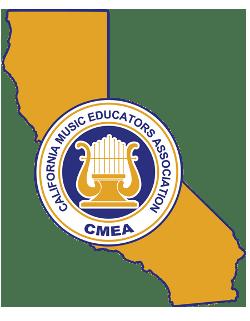







• Website listing with logo and web link on corporate sponsorship page of website
• Exclusive Gold Partner access to CMEA direct sponsored email pricing+
• Company name designation with URL link in each CMEA Magazine
• 25% discount on all CMEA Magazine Advertising
• Company name and link as gold sponsor on CMEA state festival programs
+see sponsored email marketing options below
• Company name designation with URL link in each CMEA Magazine
• 15% discount on all CMEA Magazine Advertising
• Website listing with web link on corporate sponsorship page of website
• Company name and link as silver sponsor on CMEA state festival programs
• Company name designation with URL link in each CMEA Magazine
• Website listing with web link on corporate sponsorship page of website
• Company name and link as bronze sponsor on CMEA state festival programs
Reach your customers directly! As a Gold Corporate Partner, you can now have exclusive access to our members through CMEA sponsored emails. Each month, CMEA will send up to two (2) sponsored emails on behalf of our Gold Corporate Partners. Corporate Partners may submit content and formatting to CMEA, who will distribute your email to the members of your choice. Contact a staff member today for more information. Availability is limited. All email content is subject to approval by CMEA. Rates excluded from discounts.
We will send a promotional email to our membership on your behalf. Sponsored emails are only available for our Gold-level Corporate partners. Pricing below is for Gold-level Corporate members; all others will need to factor in the price of a Gold partnership also.
Pricing per Email (March - October)
• One (1) email to all Full Active Members: $350
• One (1) email to any segment (i.e. band, choral, orchestra, elementary): $250
Pricing per Email (November - February)
• One (1) email to all Full Active Members: $500
• One (1) email to any segment (i.e. band, choral, orchestra, elementary): $350


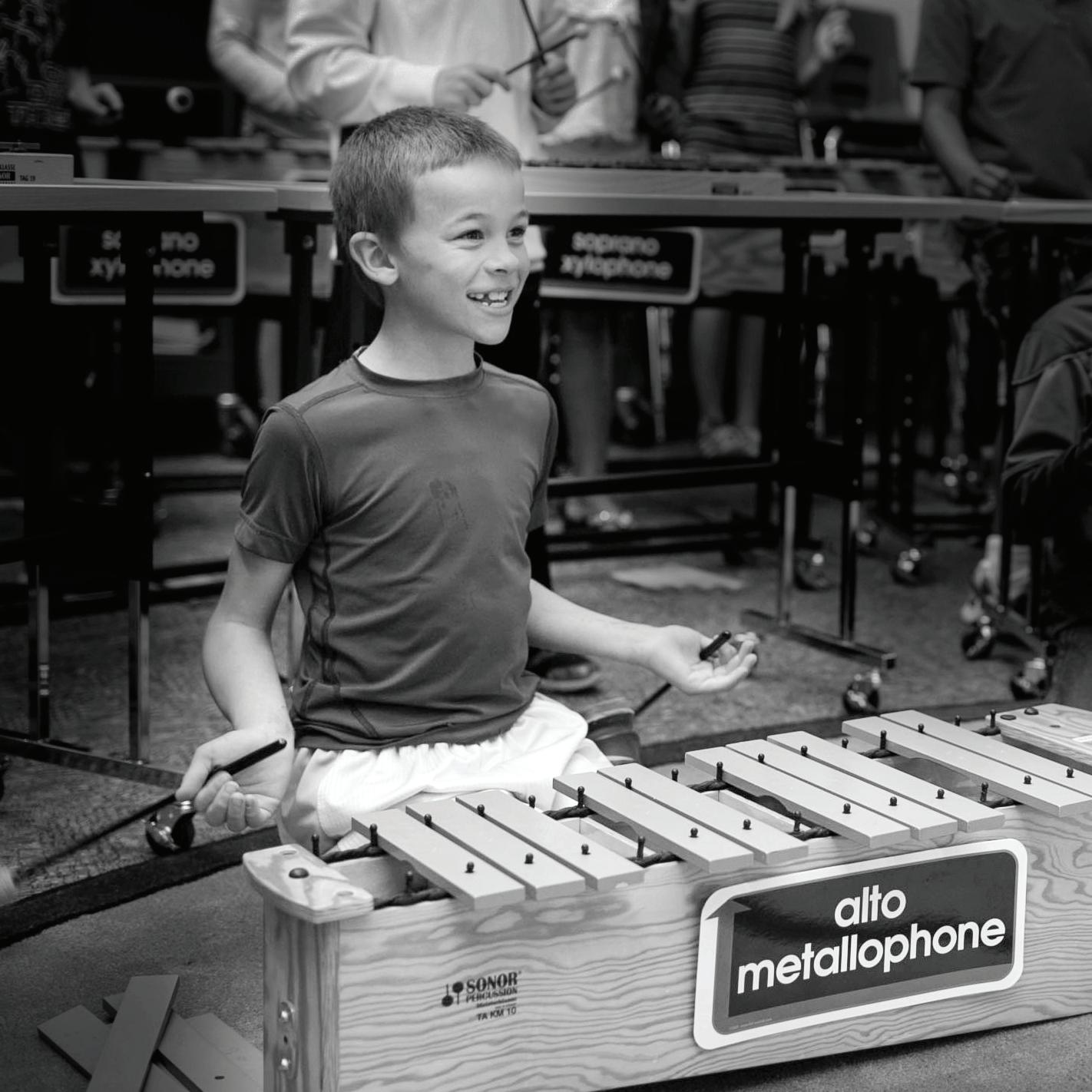

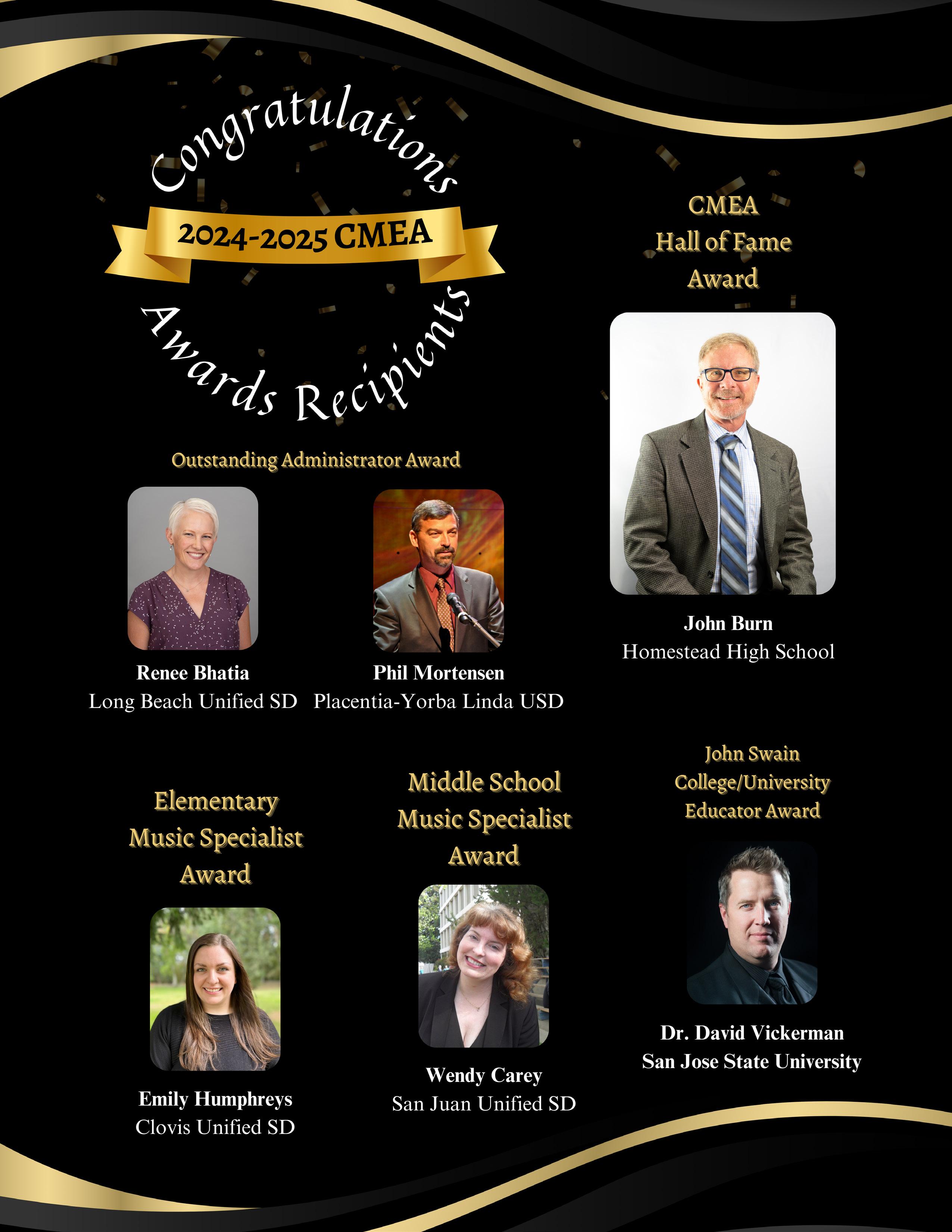




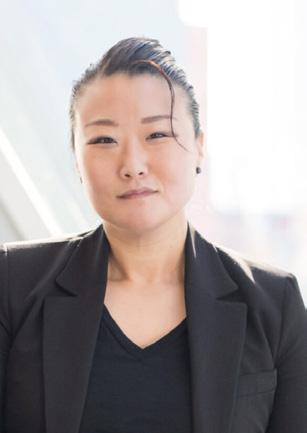
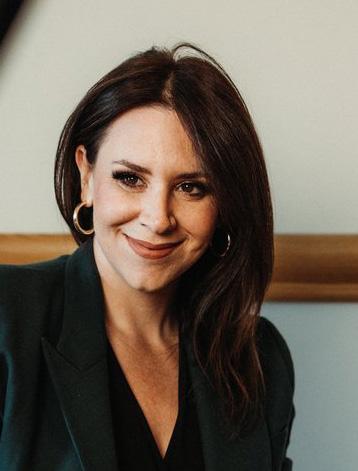




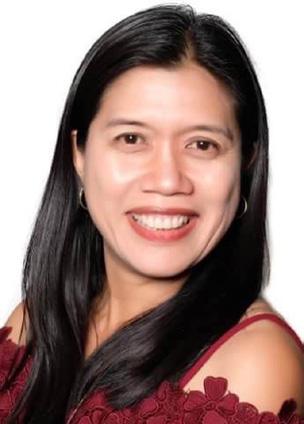






January 15 - 19, 2025
SAFE Credit Union Convention Center
Downtown Sacramento












































































Colonel Nichols Elementary, Bakersfield City School District



Crystal Walker








Grand Oaks Elementary School, San Juan Unified School District














































Sarah Brown and Shelby Medlin




Ferris Spanger Elementary School, Roseville City School District





Jess Suderman





Eastin-Arcola Elementary

Madera Unified School District

Sarah Ausley












Riego Creek Elementary School, Roseville City School District



Stephanie Tomicich




St. Helena Elementary School, St. Helena Unified School District


Brandon Binder










































































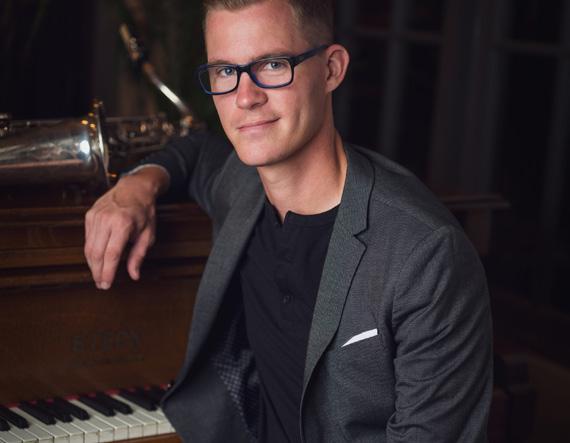


























Kate Huizinga, Director








Albany High School Chamber Singers

Ryan Yoder, Director
Taylor Barr, Director


Bonita High School: Echoes of the Spirit
Chaparral Middle School Sinfonia
Clovis East High School Wind Ensemble
Scott Downs, Director

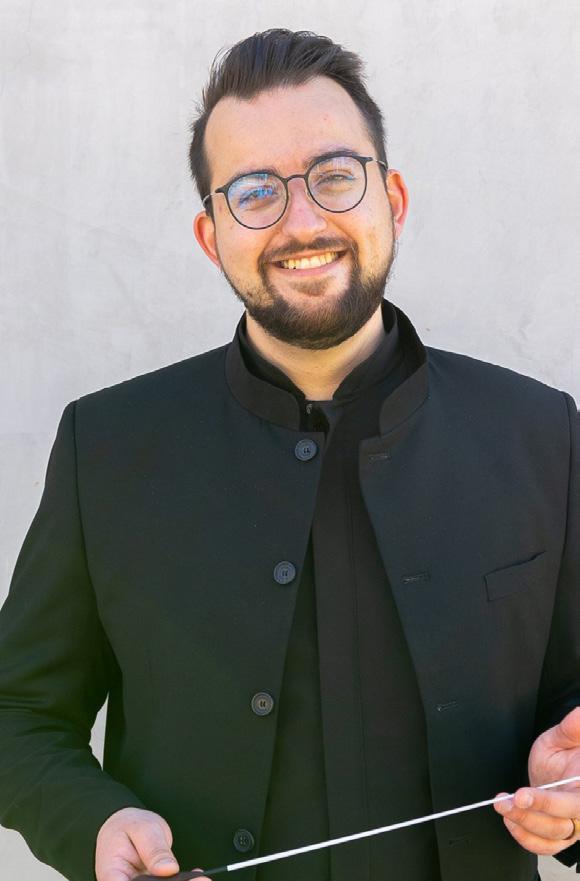
Fresno City College City Singers
Dr. Jennifer Hansen Heder, Director


Harvest Park Middle School Wind Ensemble
Patrick Dandrea, Director



Los Gatos High School Treble Choir
Maricel Riley, Director
Monte Vista High School Chamber Orchestra
John Gilchrist, Director
Rancho Buena Vista High School Wind Ensemble
Eric Weirather, Director
Sacramento State Jazz Ensemble
Dr. Greg Johnson, Director
Sacramento State Vocal Jazz Ensemble
Gaw Vang Williams, Director
San Diego State University Chamber Choir: Beyond the Caravan
Dr. Arian Khaefi, Director
University of the Pacific Wind Bands
Dr. Vu Nguyen, Director
Vista Murietta High School Choir
Zachary Krug, Director


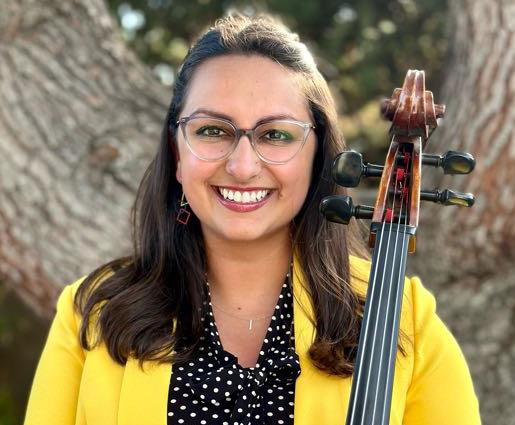

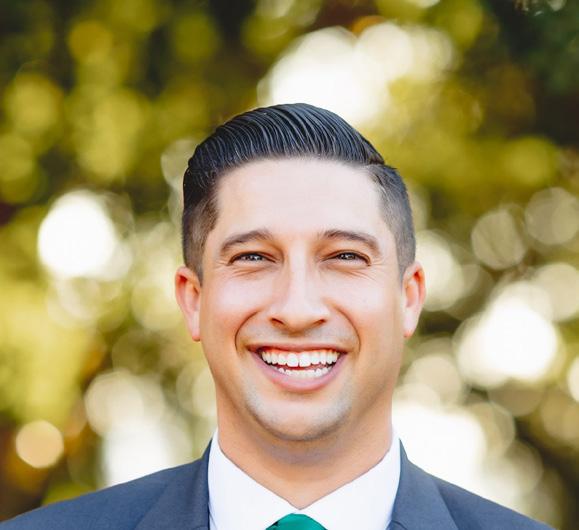


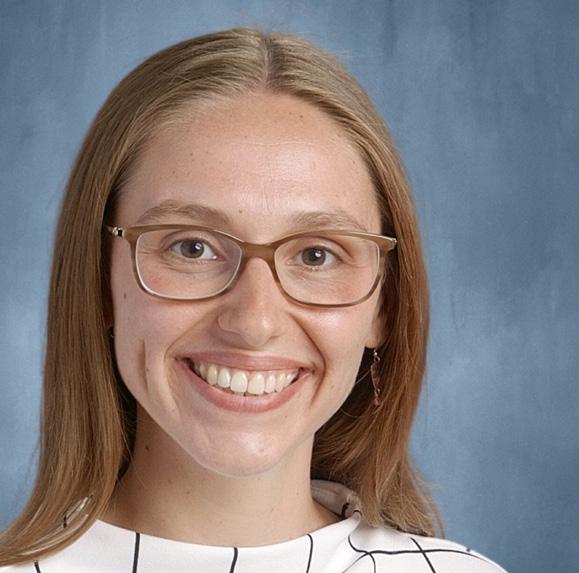
5 S.M.A.R.T. Ideas to Retain THIS Year’s Beginners
Marcia Neel

7 Essentials for Developing Voices in Choir
Dr. Francis Cathlina
A Very Limiting Form of Acceptance: Trans and Nonbinary Youth in School Music
Dr. Emma Joy Jampole
Acing the Clock: Making Nonstop Music in the Elementary Classroom
Theresa Lopes-Medina
All I Really Need to Know, I Learned in Music Class: The Role of Music Educators in Career Readiness
Nicole Izzo Mlynczak
An Ear-First Approach to Musical Thinking: Rhythm
John Crever
An Orff-Approach to South Korean Games
Jamie Jun
Barbershop Music in the Choral Classroom: Fostering a Culture of Recreational Singing
Dr. Daniel Wessler
Better Together: Using Peers to Build Inclusive Instrumental Ensembles
Julie Duty and Brad Hart
Beyond the Notes: Nurturing Student Musicianship
Elizabeth Reed
Bloom: Making Your Children’s Choir Blossom
Krista Hart
Building Identity, Belonging, and Agency Through Musical Social Emotional Learning
Dr. Scott Edgar
January 15 - 19, 2025
SAFE Credit Union Convention Center
Downtown Sacramento
California Alliance for Jazz Instrumental Reading Session
Jeff Jarvis
CBDA Director’s Reading Band
Dr. Vu Nguyen
CCDA Reading Sessions 1 & 2
Dr. Jennifer Hansen Heder
Celebrating Matsuri: The Festivals and Musical Heritage of Japan
Lily Chen-Hafteck and Emily Taylor
Choral Leadership Academy
Dr. Emily Mercado
CMEA Composition Walking Gallery
Dr. Megan Foley
CMEA Parent Advocacy Session
CMEA Advocacy Team
CMEA Program Leaders & Music Supervisors
Anthony C. Dahl
CMEA Research Projects and Poster Session
Dr. Karen Koner
CODA Reading Session
Mountain View HS Chamber Orchestra
Collaborative Influence: A Case-Study in Reversing Policy Decisions and Impacting Music Education
Brad Van Patten and Russ Sperling
Come On In, The Water’s Fine! Preparing for Your Student Teaching Experience and Beyond!
Dr. Blair Williams
Composer Kaleidoscope: Choral Music from Diverse Writers
Krista Hart
Consider a Career in Music presented by Yamaha and The NAMM FoundationPanel
YAMAHA and NAMM
Covering the Developmental Spectrum of the Large Ensemble Education System: Repertoire and Curriculum Development
Dr. Jessica Vaughan Marra, Jonathan Grantham, and Dr. Chris Marra
Creating, Responding, and Connecting in the Ensemble Setting
Dr. Daniel Albert
Demystifying Culturally Responsive Music Education
Ashley Cuthbertson
Designing a Meaningful Unit for CMEA Music Students
Jeremiah Jacks and Katherine Abele
Developing Musicianship in the Music Technology Classroom
Dr. Daniel Albert and Thomas Nasiatka
Discover the Authentic Intersections Between Music Education and Ethnic Studies
Armalyn De La O
Drumming, Songs, and Stories: A Recipe for preK-2 Success!
Melissa Blum
Education Through Music-A Journey to Music Literacy through Play, Movement and Song
Marie Butler and George Doze
Elementary Music Teachers’ Forum
Dr. Jennifer Gee
Everything But the Music: Engaging Students Without A Single Note
Bekka Knauer
Expanding Your Elementary Music Percussion Ensemble: Exploring Pieces for Drums, Xylophones, Small Percussion and Recorders
Paul Corbiere
Fanfare for the Common Band! Rehearsal Techniques for all Ensembles
Ryan Gonzales and Dr. Larry Stoffel
Finding your Marigold in a World of Thorns and Thistles
Michelle Ewer
Fostering the Relationship between Elementary Music Teachers & University Supervisors
Dr. Emily Mason
Fostering Vocal Creativity and Improvisation in CMEA General Music
Dr. Heather N. Shouldice
From Covers to Creation on the Ukulele
Dr. Scott Burstein
From the Podium: Strategies to Save Time and Enhance Musicianship
Dr. Robert Frelly
Get On Your Feet: Teaching Folk Dance
Matthew Hanne
Getting The Most Out Of Your Big Band Rehearsals: Tips and Techniques
David Beatty and Gary Pratt
Great Diction for Great Music Making
Dr. Niké St. Clair
Growing a Seed of an Idea
Andrea Donahoe
Harmonizing Beginnings: A New Music Teacher’s Journey into the Classroom
Daniel Crispino
Harmonizing Music Education: Essential Insights for Teaching in Title 1 Schools
Rebecca Stewart
Harmonizing the Chaos: Strategies for Success in Large Ensemble Classes
Dr. Johanna Gamboa-Kroesen and Katherine Findlay Hagstrom
Healthy Conducting
Dr. David Betancourt
Hip Hop in the Primary Years
Tony Sauza
Improvisation in the Choral Classroom
Dr. Emily Mercado
Incorporating Common IEP
Modifications and Accommodations in the Secondary Music Classroom
Brandon Ellsworth
Incorporating Popular, Informal, and Vernacular Music and Pedagogy in the Choral Classroom
Dr. Emily Mercado
Incorporating World Music Pedagogy in the Kodály Classroom
Dr. William Coppola and Kelly Adams
Inspiring Change: How Arts Education is Transforming the Monroe Community
Ryan Gonzales, Kristin Thompson, and Cristal Morales
Instigating Change! Why Teaching in a Title1 School Could Be for You!
Ryan Gonzales, Kristin Thompson, and Cristal Morales.
Instrumental Conducting Workshop and Q and A: Tools for Clarity, Expression, and Self-Assessment
Bradley Hogarth
It’s More Than Just a Warm-UpEmpowering Your Ensemble with Practical Tips and Skills
YAMAHA / Geoff Radant
It’s Time to Teach Music Production! Now What? Everything You Need to Know to Get Started
Matt Lyons
Let’s Get Moving
Dr. Emily Mason
Let’s Play! Beginning with Barred Instruments
Andrea Donahoe
Little Ears, Big Impact
Corynn York
Looking Outside of Music Education to Create Our Ideal Classroom
Mark Lee and Dr. David Vickerman
Making The Most of the “Y’all Have to Go!” Choir
Roger Emerson
Making Your Budget Go Further: Modernizing Instrument Procurement and Repair in School Music Programs to Include Every Child
Brad Van Patten
Mariachi Reading Session
Anthony C. Dahl
Modern Band Jam Session
Dr. Scott Burstein
Music Education Faculty in Higher Education
Dr. Tamara Thies
New String Music: CODA Composer Consortium
Charley Harrison
Our Declassified Teacher Survival Guide: What We Wished We Learned in Undergrad
AJ Gonzales, Amanda Lopes, and Pia Satana
Pitch, Intonation, Vibrato, and Shifting: A Look at a String Player’s Left Hand
Stephen Moore
Playing it by Ear: Improvisation and Aural Learning Strategies for Beginning Strings
Dr. Elizabeth Chappell and Tzefira Jones
Medrano
Preparing For Your Year One Concert
Michelle Ewer
Preparing Students For Creative And Technical Careers In Music And Audio
Lawrence Grey
Project-Based Learning with Music Technology
Lawrence Grey
Prop 28, Year 2: Where are We?
Panel Discussion
Recruitment and Retention: Demystifying Strings for Students, Families, and Communities
Dr. Blair Williams
Rhythm Revolution: Transforming Rhythmic Literacy in Your Classroom
Corynn York
Rural Areas, Who and What Are We?
Jeremiah Jacks
Sing, Move, Create!
Krista Hart
Small Group Performance & The Collaborative Process
Joe Mazzaferro
Social Emotional Learning for the Ensemble in the Music Classroom
Dr. Kaitlin Bove and Eric Waldon
Social Justice Consortium Panel
Dr. Kaitlin Bove and CBDA
Sound Check: Effective Teaching Techniques to Improve Your Flute Section’s Tone and Intonation
Brittany Trotter
Spice Up Your Strings: Rehearsal and Lesson Ideas for Tomorrow and Beyond
Dr. Ruth Brittin and Darcy Ford
Start Swinging! An Introduction to Vocal Jazz Choir
Kaitlin Holt
Start with Success: Instilling Fundamentals with Beginning Clarinet Students
Aileen Razey
Student Ownership of the Large Ensemble Experience
Christopher Woodruff
Suzuki Inspired: From Title I to CMEA to Community Outreach
Dr. Yvonne Davila-Cortes and Lucinda AliLanding
Synthesizing Synergy: Fostering a Social Environment in Music Technology Classes
Jack Aron
Teaching Bravery Over Perfection: Engaging Girls in Improvisation
Elizabeth Fortune and Kelly Clingan
Teaching Guitar Through Popular Music Education
Dr. Scott Burstein
Teaching Instrument Repair in the Public Schools
Daniel Sedgwick and Aaron Moss
Teaching TIPs for the Music Teacher: Combining Trauma Informed Pedagogy with the Active Learning Cycle
Dr. Ramon Cardenas
The Art of Engagement: Uniting Classroom Management and Active Learning in Elementary General Music
Dr. Jennifer Gee
The Choir on the Couch: Psychology in the Choral Rehearsal
Matthew Hanne
The Daily Ritual: Developing A Routine For Effective Brass Playing
Joe Mazzaferro
The Different Plates We Spin: Cellular Rehearsal Strategies for Developing Musicianship in the Large Ensemble
Jonathan Grantham
The Usage of the Bow in String Technique: The Key to a Musical Performance
Albert Jeung
Thriving Unbalanced
Dr. David Betancourt
Towels, Trap Tables, and Tambourines: Tips for a Thriving Percussion Section
Dr. Jonathan Latta
Unpack The Score: Comprehensive Unit Plans in MS/HS Chorus
Carson Zajdel
Using Jazz Rhythm Cards to Teach Sight Reading and Blues Harmony
Sarah Cline
Vocal Jazz Reading Session
Andreas Preponis, Gaw Vang
Windows and Mirrors: Teaching Unfamiliar Musical Traditions within Elementary General Music
Dr. Jonathan Dillon
Working Through Stress to Promote Well-Being
Michelle Jamieson
World Music Drumming in the CMEA Classroom
Paul Corbiere
You’re a Music Director and a Mom... How Ya Doing?
Christina Sleigh Garcia
Your Wellbeing Matters!
Dr. Michelle McConkey

•
•

y 22, 202 5

• Februar y 15, 202 5




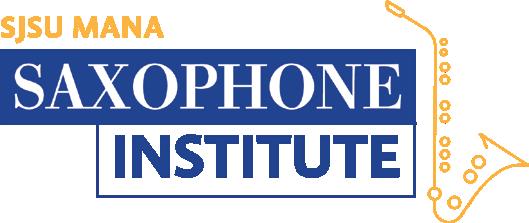
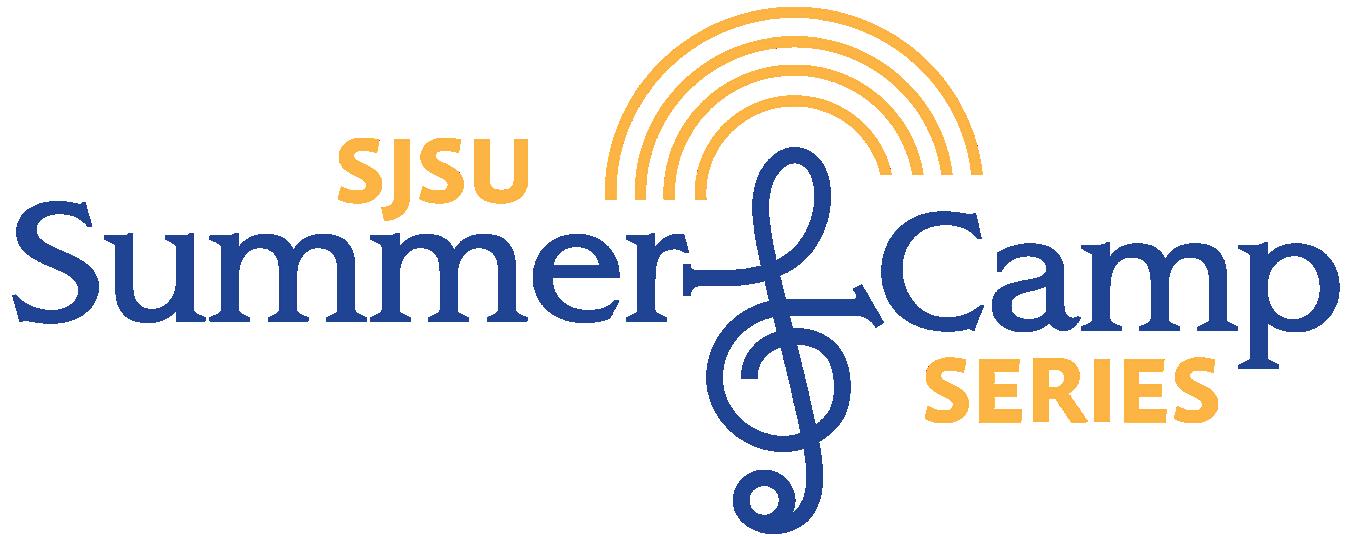




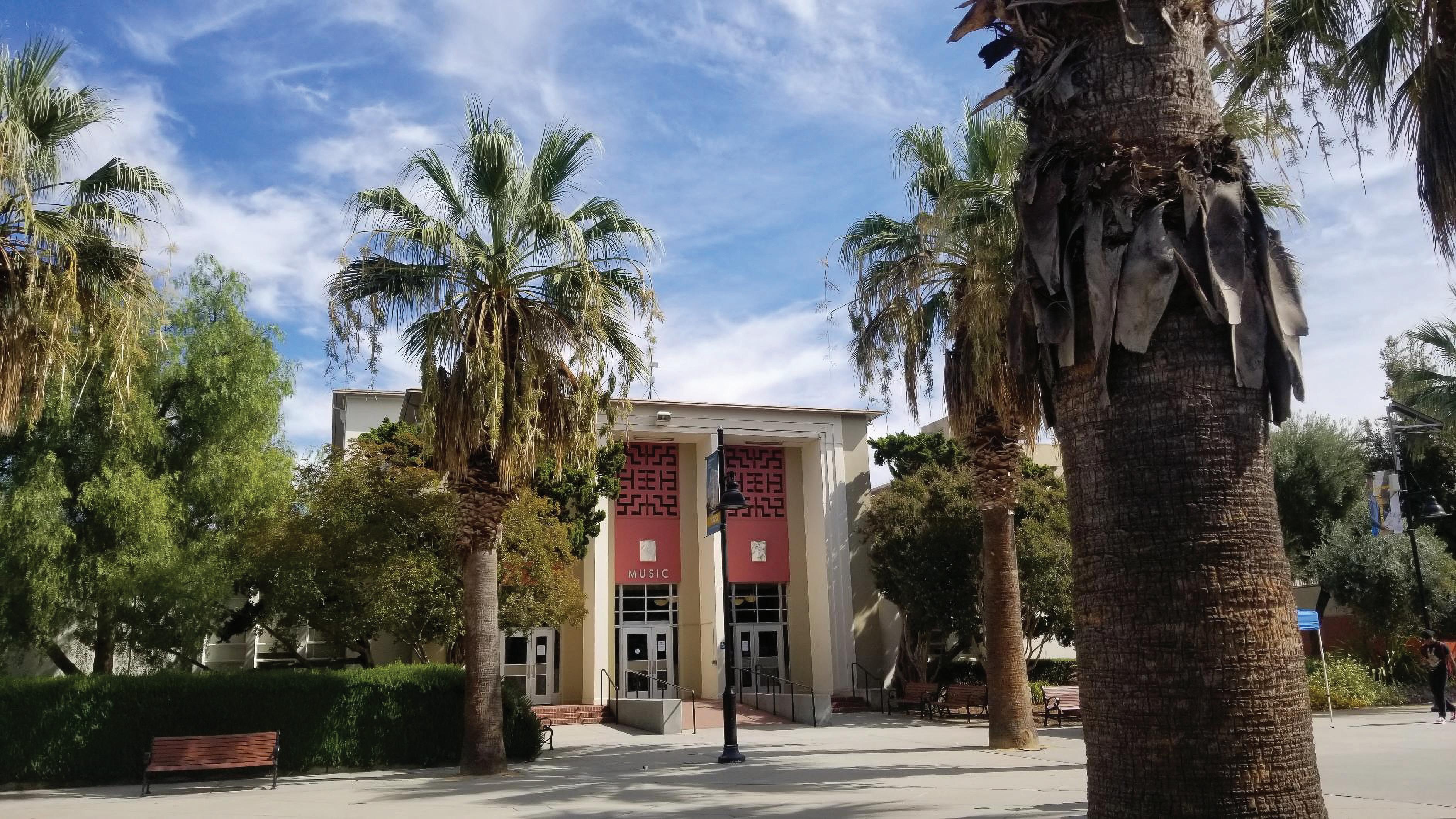





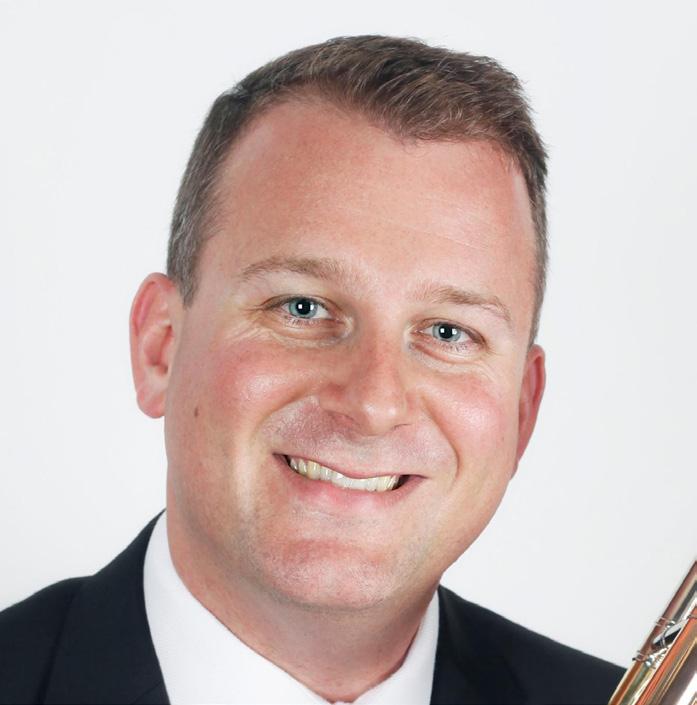
President
I’m feeling it—and I bet you are too! The end-of-semester sprint is on: winter concert season is in full swing, end-ofterm grades are looming, Christmas gigs are packed into every weekend, and that long-awaited winter break is just around the corner.
hectic. We can’t always control the crazy hours, but we can give our bodies the fuel it needs to keep up with the madness.
2. Get Exercise
Inner Voice: “Lifting 80 Wenger chairs, loading music stands, and lugging the bari sax to the shop for the fifth time this semester has to count for something, right?!”
Reality Check: While we get plenty of physical activity in our jobs, it’s still important to find time for purposeful movement. On your prep time, take a walk—around the perimeter of the school, up to the third floor, or to the gym. Even short walks can make a big difference in boosting your energy and reducing stress. If you can’t hit the gym for a full workout, don’t neglect the small things that can still make an impact.
3. Get Off Your Phone
Inner Voice: “I need to stay on top of emails to maintain order, decompress by scrolling through TikTok, and text my band director group thread for rep recommendations and missing 2nd percussion parts.”

Reality Check: The truth is, our phones are often making things worse, not better. My number one goal this season is to put the phone down more often—be present in the moment, and try to bring those around me into it too. Checking emails and scrolling through social media only adds stress and takes us out of the here and now.
4. Tell Yourself Everything Will Be Fine





Inner Voice: “I misspelled ‘orchestra’ on the cover of the concert program, the freshman band sounds rough, and the kid who plays the horse whinny in Sleigh Ride is wearing a creepy horse mask.”
How’s your school year going so far? Are your students happy? Is on-task time high? Do your students enter class smiling and leave class singing? What about you? How’s your stress level? Are you happy? Are you enjoying teaching? The answers to these questions can shed light on how well your classroom management plan is working… or not. Either way, consider the following thoughts from my own classroom management journey.
Several years ago, I discovered www. smartclassroommanagement.com and Michael Linsin, my classroom management hero! The Smart Classroom Management principles are universal and work for every single classroom. Yes. I said it. Every single classroom. If you don’t believe me, okay. But check it out anyway. Because the possibility of a perfect class every day is worth it. And even if you are happy with how things are going in your classroom, it’s never a bad idea to consider something new.











As we power through these final weeks, my message is simple: carve out time for yourself. I know it’s tough during this time of year, but it’s more important than ever. Around my school (and I’ve seen similar posters on other campuses lately), there’s a sign with suggestions for focusing on mental health. I’ll admit, some days I look at that poster with disdain, shaking my head, wondering how in the world I can do my job while staying healthy and mindful. We all know how crazy things can get, but I’ve got a few preemptive tips to help you power through the next few weeks. I don’t claim to do all of these things, but I’m going to try this season!









Inner Voice: “I got to school at 7 a.m., worked through lunch, have a department meeting after school, and a concert tonight.”


Reality Check: Embrace the chaos and energy of this time of year, but also remind yourself that it’s temporary. We’re all going through it, and everything will be fine in the end. Teaching music is one of the most rewarding (and demanding) jobs there is. When things get overwhelming, take a deep breath, lose the sarcasm, and stay positive. It’s all part of the ride!


Reality Check: This is one of my biggest self-inflicted problems when I’m running on fumes. To avoid making poor food choices, stock up on healthy snacks, protein bars, Liquid IVs, and plenty of water. Keep these in your classroom or office so you’ve got quick access when things get
As you wrap up the semester, I wish you the best of luck in these final weeks. Remember to take care of yourself along the way. And I look forward to seeing you all at CASMEC in just a few weeks!
I recommend you purchase his small orange book, “Classroom Management for Art, Music, and PE Teachers,” as well as the elementary plan or high school plan download depending on what level you teach (the elementary plan is great for middle school too). The concepts therein completely revolutionized my own classroom. Student behavior is awesome and dealing with the occasional misbehavior is easy and effective. My stress level is down, and I enjoy every single second of teaching. Even though it sounds like I’m exaggerating,
Here’s how I did it. If you like something you see, make it your own and here’s to a happier, healthier classroom.
Step 1. Make a SHORT LIST of rules (5-6 max) that cover all possible behavior problems in your classroom. List the problem behaviors first. Categorize them and then create the rules to cover each category. Post the rules on a poster big enough for all to see. Here are mine:
1. Be On Task
2. Be Prepared
3. Show Respect
4. Keep Hands and Feet to Yourself
5. Touch Only Your Own Instrument
6. No Gum, Food, or Drink
Step 2. TEACH the rules directly. Take an entire class period. Make it very clear to your students what their misbehavior will look like when it happens. Role play. Make it entertaining and fun so students remember what to do and what not to do.
Step 3. EXPLAIN exactly what the consequences will be and how you will respond in the case of misbehavior. This takes away all fear of what you might do, or how you might act when students break a rule. It actually builds trust by removing their worry. Personally, I like to compare my role to that of a soccer referee. When I call out a student for breaking a rule, it’s nothing personal. I’m just enforcing the rules of the game. I also have three progressive consequence levels in my class. When I explain this, I tell them, “Level 1 is the first offense. For example, if you are breaking rule number one, then I will say dispassionately but directly, “Billy… rule #1”. Then I will write down a “1” next to your name on the class roster and we all immediately get back on task and move on with the lesson. A Level 2 is more of a problem, and you will be given a yellow card. You will bring the Y.C. home and have a parent sign it. You are expected to have a short conversation with your parent about how you got into trouble, and then bring it back to me the next day, signed by your parent. I love this because studies show that parent involvement is the most commonly effective solution to classroom misbehavior. Plus, the yellow card requires students to take personal responsibility for their actions. A Level 3 is a one-day class suspension and students are sent to the office on an administrative referral.
Step 4. MAKE THE PROMISE.
Promise to the students that you will protect their right to learn by enforcing the rules EVERY SINGLE TIME you see a rule get broken. Consistency is key. You won’t be perfect, but through the promise, you will create a pact with yourself and your students to be the best you can be. If you do start to slack off, take the time to reteach the rules, and reaffirm your commitment to the promise. Tighten the reins and move forward. You will gain respect from your students by doing so.
Step 5. Watch the PROBLEMS
MELT AWAY . Apply the Smart Classroom Management principles and your students will begin to walk into class with huge smiles on their faces every day. Watch the on-task time multiply. See the morale and the respect skyrocket. And watch your stress level drop.
With consistent enforcement of a good classroom management plan, it is possible to have a perfectly behaved class and enjoy every single second of teaching. Here’s to a happier, healthier classroom!
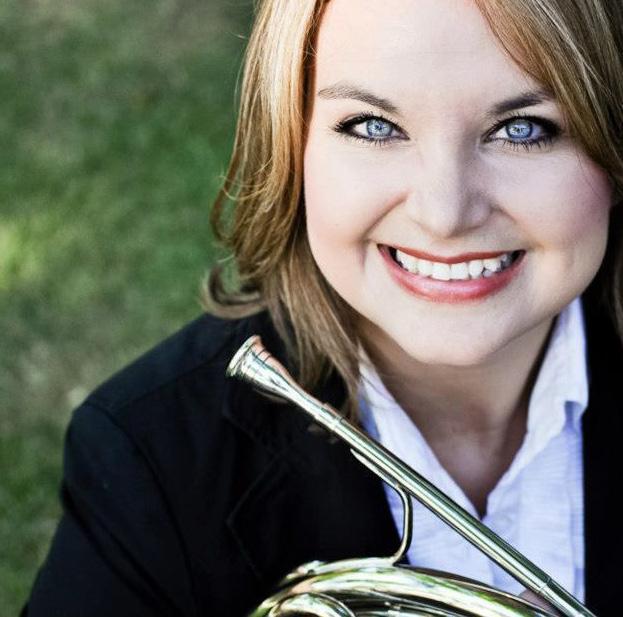
Elisha Wells, Central Section President
As the Director of Bands and Orchestra at a thriving community college with a music department busting at the seams, I wake up each day, truly grateful for the role I play within the school as well as the community.
But each of us know, quite well that being a music teacher isn’t as cut and dry as one would think…
When the random checker at the
grocery store asks what I do for a living and I answer, “I teach music,” the answer is always, “Oh, that sounds like a lot of fun!”
And it is! But it doesn’t mean that we aren’t also fighting a small (or large, depending on the day) battle each day in our own right.
After the fall semester is said and done, it’s natural to feel a bit beaten up and bruised by the day-in and day-out catastrophes that come with the job. The holidays settle in, and we unwind from the job just in time to return back to the daily work that sometimes comes with a love/hate relationship.
Here are a few thoughts about preparing for the next part of this school season, and keeping a healthy relationship with our jobs!
1. The emails after work hours can probably wait until the next morning. Step away from the devices in the evenings and enjoy your home life a little more. Yes, while our ensembles are a reflection of who we are as music teachers, remember that we are individuals with invaluable worth, outside of the success or failure of our ensembles. And sometimes even the best, wisest, most convincing teacher has a hard day (or three). Your worth as a human is greater than what people see or hear in your ensembles!
2. Feeling overwhelmed and behind? Reach out. Call someone. Send a text. Ask your most trusted colleague to coffee. It doesn’t show weakness. It shows that you are a human. Reaching out to someone you trust can offer you ways to help with the anxiety of procrastination and getting behind, and you might find solutions to help you move through that task.
3. Don’t allow the small number of negative things in your day to outshine all of the positives. This is a hard one for me. Caring about your daily work means that we want to produce a great product all the time. Despite the sometimes difficult students or situations, remember all of the wonderful, eager students who come in to learn with open hearts and great
4. Don’t let the work/life balance get so far out of control that it seems impossible to overcome. When saying yes to a new obligation, duty or task, remove one (or two) from your plate. When you’ve “lost that loving feeling” heading into work, it might be a sign that you need to take a step away. Plan a small vacation and look forward to it.
5. Plan a 5-minute stretch twice each day. This creates better blood flow and helps reduce muscle tension greatly. I also like to add in programmed breathing for a meditative and relaxation component.
6. The grass might be greener on the other side of the street, but taking a closer look might reveal that it’s AstroTurf! Now, I’m not dissing AstroTurf, but the point is that things aren’t always better on the other end of town, or at another school. Keep your focus steady on your program, your students, and your goals!
7. Hydrate. Because your body needs it!
8. Schedule time to mark your scores, write lesson plans, and other tasks that are essential to making sure you show up the best version of yourself at work. Set alarms and calendar these tasks, and then stick to it!
9. STAY CONNECTED. Be involved with positive people in the industry. Check in with yourself - make sure you’re not isolating from the rest of the music community. CMEA offers so many resources for classroom management, curriculum ideas, conferences, workshops, festival and performing opportunities, and many more. Whether it’s on the social media page or picking up your phone to make a call, please remember that we are stronger together, and we are all here doing our best. Staying connected makes us all better!

Barry Capiaux, Central Coast Section
President
What a wonderful year of music it has been here on the Central Coast. There is always something to look forward to as a music teacher and I hope all my colleagues are having wonderful performances and are creating memorable events for young musicians and their families. School concerts are one of my favorite parts about being a music teacher. I think it’s fun to see the students all dressed up and looking nervous and then trying as hard as they can to get their part right. There’s some magic to it all. Not only is it fun to put on these concerts, it’s also an important part of learning music.
As music educators, creating performance opportunities for our students is crucial to their development as both musicians and individuals. Performing solidifies learning by giving students a goal to work toward, which motivates them to practice and refine their skills. It also builds confidence, helping students overcome stage fright and feel more assured in their abilities.
Beyond technical mastery, performances encourage emotional expression, allowing students to communicate through music and develop a deeper connection to their art. In ensemble settings, performance fosters collaboration, teaching students how to work together and support one another. Finally, performances celebrate students’ hard work and growth, offering a chance for them to showcase their
achievements and feel a sense of pride. Incorporating regular performance opportunities into our teaching not only strengthens students’ musical abilities but also equips them with valuable life skills, such as confidence, teamwork, and emotional resilience.
Middle School Honor Orchestra and Band
January 25th, 2 PM
Pacific Grove Middle School PAC
Middle and High School Honor Choirs
February 1st, 2 PM
Mello Center, Watsonville High School
Honor Orchestra and Honor Band
February 8th, 2 PM
Cabrillo College

Kari Pitts, North Coast Section President
At the beginning of the school year, our local music educators have been busy getting to know their students, diving into repertoire with their ensembles, and establishing routines in their classrooms. At the same time, members of our section have been actively seeking ways to collaborate and grow. We all find inspiration and fresh ideas when we attend workshops such as CASMEC, and in the North Coast Section we are working to establish practices that allow us to feel similarly inspired on a more
regular basis. Many of these practices are based on process-focused activities. As music educators we can be overwhelmed by the need to prepare for the next festival, the next concert, or the next fundraiser, and it can be difficult to remember the importance of the process along the way.
One of the NCCMEA’s processoriented activities that took place recently is our annual Honor Orff Youth Ensemble event. This year 35 fourth, fifth, and sixth grade students from five elementary schools gathered to make music together in an Orff-based format. These students were nominated by their teachers based on their teamwork skills and enthusiasm about music. Music educator and NCCMEA treasurer Meadow Lo led the group in a wonderful day of music making, assisted by several other music educators and music education students from Cal Poly Humboldt. At this event students participate in Orff activities for the entire day. At the end of the event they give an informal presentation of what they created with their families. So, although there is an “informance” at the end of the day, the entire experience is about the process of exploring music and connecting with others through this art form.
At this year’s HOYE event, which took place in October, students had ample opportunities to learn and grow. They explored a complex song in mixed meter, then added tubano and xylophone parts to the piece. The students had time to deeply discuss the lyrics in small circles and share their thoughts with the entire group. They had the opportunity to interpret the music through movement with drums and scarves. The day included circle games in mixed meter and opportunities for the students to get to know one another. It was a truly beautiful example of the powerful connections that are created through musical collaboration.
observe one another as music teachers; there is always something new to learn when watching another teacher’s process.
As we head into concert season and then festival season, I hope we can maintain

Patel’s groundbreaking studies on music’s influence on brain development, Jane Brown approached Plumas County School District’s Reading Specialist, Camille Klimek. After discussing how music studies might be able to enhance reading skills, literacy rates, concentration, fine motor control, and self confidence in students who are falling through the cracks in classroom settings, they began crafting a program for Plumas County elementary students, Kindergarten through Fourth Grade, that would involve regular practice and weekly professional, one-on-one piano instruction.
All the members of PUSD’s “Keys to Literacy” team plan to track any trends or notable progress in participating students as this pilot program progresses. If anyone is interested in more details about this ongoing program or initial results of its effectiveness, please contact Jane Brown at jbrown@pcoe.k12.ca.us
At the same time the students were learning and exploring, the music educators in the room had the opportunity to do the same. The music educators assisting with HOYE had a wonderful opportunity to learn by observing Mrs. Lo’s process with the students. I had the good fortune to assist at HOYE, and felt truly inspired by the work she did with the students. She gave space to students to share how they were feeling about the process, and took their ideas and feedback seriously. Students truly felt their voices being heard and valued. It drove home to me how powerful it is to
Northern Section Jane Brown, Northern Section President
Music teachers in Plumas County are teaming up with private piano teachers, district reading specialists, and elementary classroom teachers to run a pilot program called “Keys to Literacy: Private Piano Instruction as a Pathway to Increased Literacy and Brain Development in Students, grades K – 4.” In this pilot program, selected students will have weekly piano lessons with a veteran piano teacher who specializes in instructing young students, all paid for with a portion of the school’s Prop 28 funds. These students are being selected based on a nomination process including input from classroom teacher, analysis of indications in I-Ready literacy scores, the child’s access to a supportive environment in which to practice, and a holistic estimation of whether the student might benefit from studying the piano.
After gaining some familiarity with the recent work of Nina Kraus, PhD, on how regular musical studies help to close achievement gaps, as well as Dr. Ani
January 24-25, 2025
CMEA-NS Junior High Honor Band and Select Choir
California State University, Chico’s Performing Arts Center
Note: Band Audition Recordings Due: WEDNESDAY, December 7th
Questions? Contact: Mary Colligan at secretary@cmea-northern.com
January 25, 2025, 9:30 AM
CMEA-NS Annual General Meeting and Workshop Sessions
(in conjunction with Junior High Honor Band and Select Choir event)
California State University, Chico’s Performing Arts Center
January 31st and February 1st
CMEA-NS Region III Honor Band
Butte College ARTS Building
Questions? Contact: Ethan Jacobsen: ejacobsen@gusd.org

As one of the newest divisions of CMEA, the Southeastern Section has had the task of defining its role in the vast area of Riverside, San Bernardino, Inyo, Mono, and Orange Counties. Although most of the other sections conduct large ensemble festivals, honor groups, and professional development days, in our region these sorts of events have long been under the purview of other organizations—SCSBOA, San Bernardino County MEA, OC Orff, and the Kodaly Association of Southern California to name just a few. Rather than try to compete against our fellow organizations in the area, the Southeastern Section has aimed to complement and work with them by offering activities for underrepresented areas of music education. In other words, we have sought to find our organizational “niche.”
Along with a member social, a winter student leadership symposium, and a choral “tune-up” festival, three years ago, the Southeastern Section started a mariachi festival, which to our knowledge was the first of its kind for school mariachis in the section. Given that mariachi is an emerging part of music education in our area, the board was unanimous that the festival should be a well-rounded experience with a performance followed by an educational clinic, rather than focusing on a rating or rankings. Groups where encouraged to stay for the whole event and listen to the performances and clinics of other ensembles. To reflect this noncompetitive and educational emphasis, the name “SoCal Mariachi Showcase” was chosen. After bringing on noted clinicians Cynthia Flores and Tizoc Ceballos, we found a location
with the Anaheim Elementary School District (AESD).
AESD has a comprehensive TK-6 music program with 26 full-time music teachers serving 24 schools. One of its major initiatives over the past few years has been the startup of beginner mariachi ensembles in every school’s after-school program in collaboration with the Jose Hernandez Mariachi Academy. Some schools have also added mariachi instruction during the school day. Needless to say, mariachi has become a key component of music education at AESD. The district was eager to partner with the Southeastern Section to bring the Showcase to the Anaheim community and graciously provided facilities for the event.
Although an elementary school is probably not the first venue one would think of for an ensemble festival, two of the AESD’s schools were rebuilt in 2021, and the new multi-purpose room and adjoining spaces at Sunkist Elementary served as an ideal location for the first Mariachi Showcase in May 2023. That first event featured a full day of music, and the local PTA was brought on to operate a snack bar and food truck for the convenience of attendees and to help raise funds for their school. Ten ensembles participated from throughout Southern California, featuring 200 students in grades 4-12. The section was encouraged by the performances and the large audience draw that was a direct result of directors finding ways to make it feasible for their students to remain for the entire showcase. The decision to continue the event the following year was an easy one. Although the 2024 Mariachi Showcase was a bit smaller, there were still over 100 student participants, and directors commented on the event, saying it was: “very encouraging to the process of learning mariachi,” “great for my students to see other groups,” and “extremely well organized and supportive.”
In addition to its other events this year, the Southeastern Section is looking forward to hosting the third annual SoCal Mariachi Showcase on Saturday, May 3, in Anaheim. Registration will open in December at www.cmeasoutheast.org. If you or any of your colleagues teach mariachi, we would love to see you and your students there for what will surely be another great day of performance and learning about the rich art of mariachi.
Regarding other activities mentioned earlier in the article that we would like to
underscore, check these out:
• Leadership Symposium:
• January 11, 2025, 8 AM-12 PM, Cerritos College
• For high school students $25 (Discount; $100 for five students)
• Registration will open in November at www.cmeasoutheast. org.
• Spring Social at CASMEC:
• Friday, January 17, 2025, 5-7 PM
• Cafeteria 15L; 1116 15th Street, Sacramento, CA 95814
• Appetizers paid for by CMEA-SES (up to $300)
• CMEA Multi-Musical Festival:
• April 5, 2025, at Cerritos College
• CMEA-SES Regional Solo Festival:
• April 12, 2025, at Cerritos College
• Registration will open in January at www.cmeasoutheast.org
• CMEA State Solo Festival:
• May 17, 2025, at Cerritos College
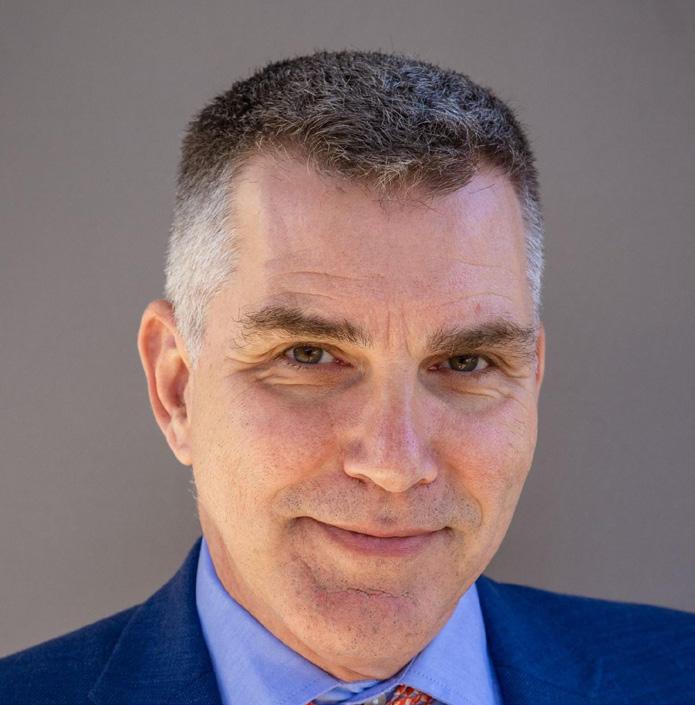
Greetings from the Southern Border Section!
Here’s hoping everyone has had a successful first semester of school and a relaxing holiday season. Winter is a great time for all of us to take a moment to breathe and reflect. As music teachers, we work tirelessly to build programs at every level because we know the value of music to every person’s life, and I know how many times that hard work goes seemingly
unnoticed. As a community of music educators, we as members of CMEA share that common experience, and can help support each other when sometimes it seems we are spinning our wheels. Take the time this season to reach out to colleagues, not only those who might be in your district but throughout your section and state, to check in with each other. Listen to others’ successes and challenges. Many times you will find someone having the same success or challenge as you, and you can gather new ideas, or share ideas that have worked for you. We are each other’s best sounding board.
As you reflect, never forget the positive impact you have on students’ lives. Music educators build character and teach perseverance, in addition to all the fun stuff like playing an instrument or singing! Our students are shown to be more successful in adult life because of the soft skills they are learning every day in their music classes, in addition to the rigorous music education they receive. Take this time to be proud of that while you plan the exciting events you have for the spring.
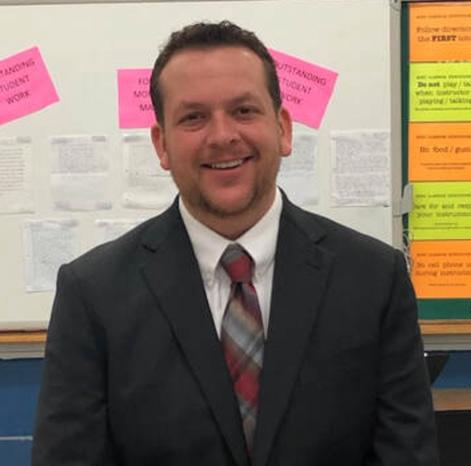
that can help educators looking to enhance their efforts in service to their students and communities. Professor Angelica Brooks (California State University, Long Beach) is the Co-Chair of the NAfME Equity Committee, a NAfME Executive Board member, and a member of the College Music Society Music Education Committee.
Speaking of events, the CMEA Southern Section board has been working on expanding our slate of festivals this year. We are very proud to be expanding our festival offerings to northern San Diego County and Imperial County this year! We want to serve all our members in providing a positive learning experience for students and teachers, and hope you take advantage of being part of a band, orchestra, choral, or solo and ensemble festival offered by CMEA near you.
We currently have confirmed the following festival dates. Look for more dates and locations soon:
• March 10: Poway High School (Choir)
• March 14: Challenger Middle School (Choir)
• March 14-15: Marshall Middle School (Band/Orchestra)
• March 22: Point Loma Nazarene University (Jazz)
• April 4: Southwest High School (Band/ Orchestra)
• April 11-12: Lewis Middle School (Band/Orchestra)
• April 18: Oceanside High School (TBD)
Greetings from the Southwestern Section! This year we are pleased to share our professional development conference, “Collegiate Connections,” which primarily focuses on offerings for our collegiate membership. This conference will be offered in the spring of 2025. Providing a conference at a reasonable cost ($10) is a major priority for the CMEA Southwestern Section Board this year. As a team we felt it crucial to support undergraduate students in their professional development. Our goal is to offer an experience for undergraduate students that will be valuable, engaging, and insightful. We are offering a virtual conference this year in hopes of including all collegiate members from throughout the state.
Some of the highlights from the conference include The Job Search: Jim Petri and Brad Van Patten will discuss how to apply for a music teaching position, better job search practices, and interview skills that will assist you to get your first music teaching position. Jim Petri and Dr. Brad Van Patten have a wealth of experience in music education and will provide an extremely supportive and safe environment for collegiate students to develop their job search skills.
Another highlight from the conference includes a session focussing on DEIAB, titled: DEAIB and Me. In this session, Professor Angelica Brooks will discuss some of the issues that colleagues encounter when trying to make connections between the practice of music education and implementing DEIAB strategies. Professor Brooks will touch on the new NAFME Equity Resource Center and other resources
In the session Simple Solutions for Music Technology CMEA Southwestern Section President-Elect Dr. Megan Foley, who serves as the Creating and Composing representative for CMEA, will partner with CMEA Southwestern Section Treasurer Dennis Feinland, who serves as CMEA Secondary Music 6-12 Representative, to present an insightful and resourceful professional development session on music technology in the music education classroom. Ms. Foley and Mr. Feinland also will provide numerous handouts and resources for attendees that they can use with their future students.
Lastly, the Collegiate Connections professional development conference will present an Early Career Teacher Panel session that will provide insight and support for collegiate students as they prepare to join the profession. Panels that feature Early Career Teachers provide valuable insight for young music educators as they approach student teaching and eventually begin their first teaching position. There will be representatives from throughout California present on the panel, including CMEA New Teacher Representative, Daniel Crispino, that will provide a wide variety of viewpoints and experiences.
The CMEA Southwestern Section is proud to lead the way in providing professional development for collegiate membership. We pride ourselves on providing professional development that is innovative, engaging, and resourceful. We believe that investing in our collegiate membership will yield many returns in the future for the music profession and will serve to support the greater music education community.



Get to know the 2024-2025 CMEA Collegiate Council! This group of outstanding leaders is coming together to prepare a shared experience for collegiate students and professional educators alike at CASMEC 2025. They are preparing sessions with the theme of “Bringing Joy to the Classroom.” Join them in January for Q&As, critical discussions and joyful musical activities. Follow the council on Instagram (@cmea. collegiate) for member highlights and CASMEC sneak peaks. We’ll see you there!
The Collegiate Council will present two sessions at CASEMC:
Joyful Jams: Musical activities to bring joy into the music classroom
Collegiate Discussion: Culturally Responsive Teaching





Wylan Burton is currently a Junior at California State University, Northridge, working towards their Bachelor of Arts in Music Education (Instrumental Emphasis). They play flute and oboe in the CSUN Wind Bands and oboe in the Symphony Orchestra. This year, they’re most excited to go to CASMEC for the first time! Wylan is also President of CSUN’s NAfME Chapter (@csunnafme), where they’re proud to work with an amazing board of future music educators.
Jayden Heddon is a 4th year Music Education major at San Diego State University. Jayden is the current treasurer of the SDSU CMEA chapter (@cmeasdsu) as well as being on the collegiate council. Growing up in Los Angeles county he fell in love with playing the tuba and additionally enjoys marching percussion. While finishing his degree he is working with the front ensembles at El Capitan high school, University high school and is an assistant with POW percussion for 2025. He looks forward to meeting other collegiates at CASMEC.
Serena Renteria is a student at California State University, Bakersfield working towards her Bachelor of Arts in Music, with an emphasis in Music Education. She is a clarinet student with ambitions to teach the next generation of musicians, thanks to the influence of her own amazing music teachers. What she’s looking forward to the most at CASMEC is seeing old friends and meeting new ones from across the state, as well as all the clinics, sessions, and performances that she doesn’t want to miss! Serena also currently serves as President of the CSU Bakersfield NAfME Collegiate Chapter (@nafmecsub).
Nadja Ryan is a sophomore Music Education major and percussionist at San José State University! She is most looking forward to learning new things and meeting new people who share her passion for music education at CASMEC.
Andrew Vega is a Teaching Credential Candidate at San Diego State University and President of the Collegiate Council. He has earned his Bachelor’s Degree in Music Education with a vocal emphasis. Having been raised in California’s central valley, he has played clarinet in school bands as a young student and began singing in choirs as a teenager. What he looks forward to the most at CASMEC is building connections, learning new things and presenting alongside the rest of the Collegiate Council.



Youth Symphony Orchestra | Band | Choir
Summer Music Festival by LAYP at Walt Disney Concert Hall
AUDITION
Summer Season Youth Orchestra
Summer Season Youth Band
Summer SATB Chamber Singers (5 th-12 th school grade) For more information, visit www.layouthphilharmonic.com

Dr. Thomas Verrier
(Band Director at Vanderbuilt University)


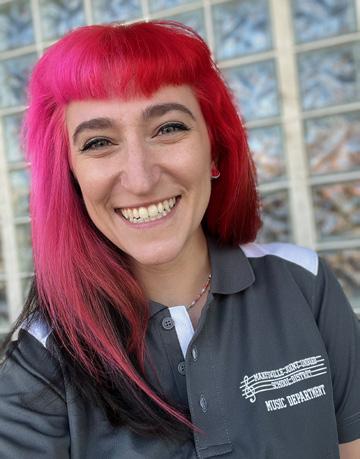

by Becky Stewart, CMEA Diverse Learners Representative
As we approach the concert festival season, I find myself experiencing a range of emotions. I feel excited about what the students will achieve and how they will grow, but I also grapple with anxiety over the many small details. I worry about whether we will have a bus on festival day, if my percussionists can handle the demands, and how to select music for my ensemble to build up to the perfect moment.
One important lesson I took away from my undergraduate music education courses was, “Don’t choose music that is too difficult!” However, a successful festival experience involves many more factors than just that, even though it is crucial. There are many instances during festival preparation that I catch myself saying, “I wish I had learned this in my credential program or undergrad!”
I often think back to taking my kids to a festival in 2019, during my fifth year teaching at Yuba Gardens Intermediate School, a large Title I school in rural Northern California. I had my first advanced band of 12 kids, including two on electric bass and two on percussion (one with a broken arm). As this was my first festival as a director, I felt the pressure to impress my role models who would be there.
While I don’t remember the exact repertoire I selected, I do recall that one of our pieces was “Aliens Landing in Your Backyard,” which featured whirly tubes. The event occurred at my alma mater, California State University, Sacramento, and I knew that the concert hall’s acoustics left much to be desired. I forgot that the percussion section was about four feet higher than the rest of my ensemble. As a result, the percussion sounded thunderous, drowning out much of the hard work we had put into our performance. Additionally, my students were accustomed to performing in a very live gym with all the lights on. Here we were in a strange, dry concert hall with real concert lighting, and my kids were understandably nervous; they could barely function. This led me to a significant realization: not only is music selection essential, but it’s also crucial to carefully plan the festival experience so that my students can perform their best with minimal nerves and anxiety, allowing them to focus on the work we had done and the music itself.
I hope to provide you with tools to improve your mental health during festival season while keeping every student’s learning, even that of your last chair trombone player, at the forefront.
Two years ago, I became fascinated with the science of repertoire selection. Many directors I knew would choose music based on a theme, the strength of a section in their ensemble, concert band standards, or simply personal preference. While these
reasons are valid, I began to question the academic value of these pieces for students. Having served on the California Department of Education Curriculum Reviewers Panel, I became obsessed with the questions: Which standards does this repertoire address, and what are the intended learning targets?
After attending the Midwest Clinic and hearing Ingrid Martin speak about her book, “Planning Effective Rehearsals,” I realized the importance of pacing our rehearsals according to the repertoire we select. We must assess individual skills to identify what our ensemble needs to work on to achieve mastery. Additionally, we should determine our perceived exertion (RPE) rate for the chosen pieces.
With this information, we can create a detailed minute-byminute plan for our rehearsals, considering the number of rehearsals available, and target specific skills we want our ensemble to work on. Otherwise, we risk drilling the same eight measures for an entire class period while neglecting other important areas of focus. Assessing RPE and meticulous planning will also help us evaluate the accessibility of the pieces we intend to program.
A formula I have developed is as follows:
• This is a high-energy opener that is below students’ average ability level. Lower-level learners will have the opportunity to improve, while all students will build confidence. This piece introduces no new concepts, allowing for a focus on musical expression and experimentation with blend and balance.
• Next, a lyrical or slower selection; also below their average ability level. Since there are no new concepts, students can concentrate on intonation, tone, balance, phrasing, and blend.
• Finally, a challenging piece presents several learning opportunities for everyone. However, if there are too many learning moments, students may be unable to master them all effectively.
Extra credit for selecting pieces that address social justice, social-emotional learning, or cross-curricular concepts!
Next, I implemented scaffolding for the festival experience, allowing my students to perform at their best without experiencing anxiety or panic. This specific scaffolding had a profound impact on both my students and myself, particularly for those with special needs. They could adapt to change at a comfortable pace and visualize everything that would happen on festival day rather than having a single stressful and negative experience.
1. Bring clinicians in to work with your ensemble!
Students can receive and apply feedback from an adult stranger while feeling safe and comfortable in their familiar band room.
2. Host a Pre-Festival Comments-Only Festival!
At your school, designate a warm-up room and a performance room. Each school will have 30 minutes in the warm-up room, 15 minutes for the performance, and 30 minutes for a clinic with a trusted friend or colleague. This experience will be the first time students will learn to pack percussion equipment for transportation, utilize a warm-up room, assemble percussion equipment, transport and set up the equipment again, rearrange it according to their needs, and understand stage deportment.
It’s also an excellent opportunity to train chaperones on how to assist students in getting on stage. Strive to create a serious and professional environment. Students will be performing in their concert attire in a different setting, with an adjudicator writing or speaking while they perform, and then receiving a clinic after their entire performance. It also gives another opportunity to receive feedback and fine tune your students’ performance before competing. The adjudicator will be able to further reinforce concepts that you’ve been talking about, or find musical concepts that you’ve become “ear blind” to.
During this time, our district music team resolved many issues that arose throughout the day (e.g., “Wait, who brought the mallet bag?”) before transitioning to an authentic festival atmosphere. Many of our students have Individualized Education Programs (IEPs), are English Learners (ELs), or have faced significant trauma. Therefore, this event, along with a more casual clinic in our band room, helps reduce their affective filter and manage their “fight or flight” response. Our goal is to avoid inadvertently creating another traumatic experience for our students.

Our area has several CMEA festivals to choose from, each with its unique approach. This festival evaluates all schools consistently, regardless of their size, demographics, access to private lessons, or the experience level of their teachers. I prefer to attend the more challenging festival first to help my students overcome their nerves; it also boosts their drive to perform better at the next festival. While my students may score poorly at this first festival, the experience fuels their motivation to work hard and improve for the next one! This is also my percussionists’ first opportunity to play on foreign equipment. Unfamiliar timpani tunings, chimes that are 7 feet tall, and an extra octave on the marimba are all things that need to be thought out for percussionists in a new performing space.

The next festival we will attend ranks schools based on factors such as enrollment, ensemble enrollment, the number of periods for ensemble classes, access to private lessons, and the educator’s experience. This festival format provides my students with a fairer evaluation and more relevant feedback based on the demographics presented. The students consistently perform exceptionally well at this festival, and we always end the festival season positively! Plus, it’s nice that our principal arranges for In-N-Out burgers for every band member, so they are ready and waiting at the school when we

Our final festival of the season will be at a theme park, and it’s exciting because we’ll get to visit Disneyland afterward! Even better if you’re able to schedule a clinic with a local director in the space you will perform in!

I hope these ideas gain a foothold and assist you in a more mindful and successful festival season! If you have any questions or inquiries, please feel free to email me at rstewart@mjusd.k12.ca.us. Onward!
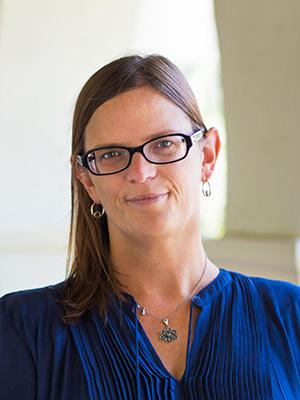

I am Dr. Karen Koner from San Diego State University who is happy to serve as your CMEA Higher Education and Research Representative. Higher Education faculty from all over the state of California had the opportunity to present their research on the international stage this summer in Helsinki, Finland, at the International Society for Music Education World Conference and on the National level at the NAfME Music Research and Teacher Education Conference in Atlanta, Georgia, in September 2024. Congrats to all our California researchers!
• Nuancing the Large Ensemble: Uncovering Nurturing Practices in American School Music Teaching - Frank Heuser (UCLA) & John Burdett (Azusa Pacific)
• Reclaiming and Creating Sustainable Change through Early Career Music Educators of Color - Tamara Thies & Alexandra Aber (CSU Long Beach)
• Sustainability in Musical Communities: enchantment, pathways, rituals, and enchantment - Nita Baxani (Colburn) & Colleagues
• Unlocking Cultural Funds of Knowledge: Empowering Home Pedagogies through Musical Engagement - Nita Baxani (Colburn)
• Compassion Fatigue, Burnout, and Post-Secondary Traumatic Stress Among Music Faculty in Higher Education - Jennifer Gee & Karen Koner (San Diego State)
• A Content Analysis of the Elementary Music Teacher Facebook Group - Jennifer Gee (San Diego State)
• The well-being of undergraduate and graduate music students enrolled in a 15-week yoga and mindfulness course. - Karen Koner (San Diego State)
• Music Education in America’s Public Normal Schools: Celebratory and Troubled Beginnings of Music Teacher Education - Diana Hollinger (San Jose State) & Colleague
• Implementing a Culturally Responsive Music Curriculum in American Elementary Schools: An In-Service Professional Development Project - Lily Chen-Hafteck (UCLA)
• Places and Purposes of Popular Music EducationCandice Mattio & Colleagues (USC)
• Future Forward: Examining efficacy of popular music education in the classroom - Candice Mattio (USC)
• Presentation: Ensemble Directors’ Experiences and Perspectives on Student Transitions from Two-Year to Four-Year Colleges - John Eros (CSU East Bay) & Colleagues
• The Experiences of BIPOC Choral Professors at Predominantly White Institutions: A Case Study - Ramon Cardenas (San Diego State)
• The Effects of a Self-Regulated Practice Strategy Curriculum on the Musical Achievement, SelfRegulation, Self- Efficacy, and Cognition of High School Instrumentalists - Kim Miedler (Sonoma State)
• Beyond the Music: A Sense of Belonging for Latinx Students in School Music Ensembles - Johanna GamboaKroesen (UCLA)
• Pre-Service Music Educators’ Perspectives of Social Media Use and Social Justice Engagement - Candice Mattio (USC) & Colleagues
• Gender Bias in Instrumental Methods Texts, 1920s- 1980s - Ruth Brittin (U of Pacific)
• Understanding Music Education Opportunities through Instrumental Honor Ensemble Repertoire - Ruth Brittin (U of Pacific)

by Dr. Michelle McConkey, CMEA Collegiate Council Advisor Representative

It’s concert season and you find your schedule filling up fast with school performances and side gigs. You find yourself trying to balance family, friends and significant others’ expectations while knowing that finals are approaching, as are semester-long projects/ papers, logging observation hours at the local school district, and other coursework expectations. You think you are headed in one direction and then all of a sudden something changes, and you have to readjust. Miksza, Evans and McPherson (2021) found that, [Music] students often have to deal with disruptions, novelty, and change during their studies, such as personal dilemmas in life, unpredictable practice and rehearsal schedules, ad hoc gigging, dealing with employment alongside study, managing the strain of particularly intense periods during which exams and ensemble performances coincide, and so on. (p. 154)
Students that find the need to work may be battling additional stressors, including financial pressures of tuition, student loans, increased standard of living, and possibly food and housing insecurities. With the need to increase the amount of work they do outside of school, the time students invest in their music studies, such as practice honing their “craft as musicians and educators,” as well as time for “hobbies and other wellness activities, may be compromised” (Payne, Lewis & McCaskill, 2020, p. 57). The stressors music education students face are unique, including performance anxiety on both the stage and in the classroom
(McConkey & Kuebel, 2022).
Balancing work, school, relationships, and personal expectations can be challenging. But music education students push through and make it all happen, sometimes as a perception and sometimes through grit (McConkey & Kuebel, 2022). However, it is important to recognize that many music education students report high stress, anxiety and depression. While some stress and anxiety are expected within the major, students should be aware that over time an excess of stress can have negative effects. In fact, researchers have found that student patterns of behavior “can carry forward into one’s professional career, resulting in [possible] teacher burnout or attrition” (Payne, Lewis & McCaskill, 2020, p. 58).
While working on awareness of stress and anxiety problems may seem daunting, many music education students have found coping strategies that work and get them through the tough times. The following are suggestions that researchers have found to help collegiates manage their stress and which may be helpful:
Embrace the workload and high level of stress. Students in one study showed “an acceptance of the idea that music education is a difficult program that is accompanied by a high level of stress….and ‘that is just the way it is’ (McConkey & Kuebel, 2022, p. 328-9). In another study, students viewed their “workload-related challenges as ‘a terribly multifaceted and wonderful but very complex swamp’”
1 Please note that if you are struggling with clinical depression, anxiety, or other mental health concerns, seeking professional help is the best course of action and the following suggestions do not take the place of medical treatments or psychological counselling.
(Jääskeläinen, 2023, p. 270). For some students, acknowledging that music education is often a high-stress major, and accepting that as a given, reduces their anxiety.
Seek information about mental health services on your campus. Know how much you can handle, and when it gets too much make sure you know where you can turn for help. You can usually find these resources by looking for “counseling center,” “student advising,” or “mental health services,” on your school’s website. You can also get help for mental health through regular healthcare systems as well.
Practice Mindfulness. Mindfulness can help manage stress and anxiety, increase focus on musical and academic tasks, improve interpersonal relationships, and improve personal growth and motivation (Diaz, Silveira, and Strand, 2020, p. 361). You can find apps in your app store or check for classes offered in your community or on your campus.
Learn to set some time aside to focus on yourself. Schedule short breaks from studying or practicing, to walk around the building or outside to get some fresh air. Often taking a quick break allows your brain time to synthesize information, making studies and practicing more productive. Having fun by doing a spa treatment, watching a movie with friends, or rock climbing now and again is also important and beneficial to your mental health!
Smile and Laugh. Researchers have found that “smiling may have direct physiological and psychological effects that reduce stress” (Cross et. al., 2022, p. 332). Also, laughter and humor interventions such as laughter yoga and laughter therapy (yes, they are a thing) are effective ways for relieving depression and anxiety and can often help improve sleep quality (Zhao et al., 2019, pg. 2435). Increasing positivity can “stimulate neurotransmitters, reduce muscle tension, and [even help with] pain” (Zhao et al., 2019, pg. 2442). When possible, seek ways to lift your spirits, because an optimistic attitude can go a long way. Focus on the positive parts of an experience, watch short videos that make you laugh, search for laughter therapy online, or simply make an effort to smile at someone as you pass by. Beware of fake smiles, however, and remember to always be honest about your feelings.
Work on your own Social/Emotional Skills. Many K-12 schools have Social Emotional Learning (SEL) programs for their students. As future teachers, you will be a model for your students of not only musical skills but also life skills. Working on skills now from the three pillars of SEL: Identity, Belonging, and Agency, may mitigate teacher burnout. These skills include areas of self-awareness, selfmanagement, social awareness, relationship skills, and responsible decision-making (McConkey & Edgar, 2023). You can do an online search for resources available on SEL and music education, and/or check for resources at CASMEC.
Take on the teacher identity. Envision yourself in that role. Keeping the goal in mind may lead to greater excitement in your studies (Jiang & Zhu, 2024).
Make friends. Building supportive peer relationships can reduce academic burnout and help with overall wellbeing (Jiang & Zhu, 2024, p. 20140). Knowing that you are not alone in feeling the stress of the major can provide relatability and comfort. Oftentimes friends and peers can motivate us to get up and tackle another day. Learn to be flexible. Adaptability will help when dealing with disruptions, changes and challenges that are inevitable. Researchers found that the more flexible collegiates are, “the more likely they are to be successful and the less likely they are to experience psychological distress” (Miksza, Evans & McPherson, 2021, p. 154).
Flexibility is a skill worth bringing into your future career as a music educator.
Be Grateful. Gratitude is being thankful for the good things in your life. It can help you to focus on the good, increasing optimism and positive mood. Researchers have found that gratitude is associated with “greater happiness, hope, pride,…satisfaction with life” (Bono, Duffy, & Moreno, 2022, p. 80-1), overall well-being, and resilience.
Ironically, the art form you have chosen to study in college and as a future career may be both the source of your stress and the solution to it. Meaningful interactions with music can revitalize and heal you. The following is a sample of the benefits music students may find in music-making.
Creating music can be a way to express feelings (Jääskeläinen, 2023, p. 270). Take time to form a deep emotional relationship with music. This can be a “source of vitality” (p. 270) or motivation. And when you use your skill to express how you feel, it could be a cathartic experience!
Musical experiences are communicative and builds community (Jääskeläinen, 2023, p. 271), allowing music students to experience a sense of belonging.
Music is associated with music students’ identity and personal growth (Jääskeläinen, 2023, p. 271). When you continue to practice and push through the challenging times, you can feel a sense of accomplishment and in the process find yourself.
Making music can reduce stress hormones such as cortisol C (Toyoshima, Fukui, & Kuda, 2011, p. 257). Find ways to connect with the music you love to reduce the stress you feel. For example, take time to practice music you have chosen yourself, not only ones that have been chosen for you.
Music provides transcendental experiences. Music students related their deep experiences during musical engagement “with feelings of positive energies, a sense of healing, and the ability to tap into divine and infinite inner resources” (Jääskeläinen, 2023, p. 271272). Frequently remind yourself of what inspired you to become a music teacher by placing pictures on your wall, working with children/youth, or creating a playlist of inspiring music.
A passion for music can improve well-being. Remind yourself of your passion for music by engaging in music-making for the joy of it. “The lack of external or internal pressure” can create positive emotions that reduce stress, reduce music-related anxiety, and enhance “perceived psychological well-being” (Bonneville-Roussy & Vallerand, 2020, p. 267). Join an ensemble for “fun,” listen to your favorite music at home, learn a new instrument, or play along to popular song videos on your ukulele with friends.
Music education is a demanding major with many expectations and responsibilities. However, music is also a source of motivation, healing, pride, belonging, and joy. What can we learn from the above studies? We can learn that when those challenges come (e.g. exams, performances, interviews, life), if we connect to music again, see ourselves as music teachers in the profession, adopt an optimistic and adaptable attitude, and surround ourselves with supportive relationships, then we can build resiliency and increase our overall wellbeing. These skills and attitudes can then be brought into a wonderful and successful career filled with hard work, enjoyment, and fulfillment.
Bonneville-Roussy, A., & Vallerand, R. J. (2020). Passion at the heart of musicians’ well-being. Psychology of Music, 48(2), 266282. https://doi.org/10.1177/0305735618797180
Bono, G., Duffy, T., & Moreno, S. (2022). Gratitude in school: Benefits to students and schools. Handbook of Positive Psychology in Schools, 118-134.
Chesky, K. S., & Hipple, J. (1997). Performance anxiety, alcoholrelated problems, and social/emotional difficulties of college students: A comparative study between lower-division music and non-music majors. Medical Problems of Performing Artists, 12(4), 126–132. http://www.jstor.org/stable/45440636
Cross, M. P., Acevedo, A. M., Leger, K. A., & Pressman, S. D. (2022). How and why could smiling influence physical health? A conceptual review. Health Psychology Review, 17(2), 321–343. https://doi.org/10.1080/17437199.2022.2052740
Diaz, F. M., Silveira, J. M., & Strand, K. (2020). A neurophenomenological investigation of mindfulness among collegiate musicians. Journal of Research in Music Education, 68(3), 351–374. https://doi.org/10.1177/0022429420921184
Jääskeläinen, T. (2023). “Music is my life”: Examining the connections between music students’ workload experiences in higher education and meaningful engagement in music. Research Studies in Music Education, 45(2), 260–278. https:// doi.org/10.1177/1321103X221104296
Jiang, X., & Zhu, J. J. (2024). The effect of pre-service music teachers’ professional identity on academic burnout: The mediating role of psychological resilience and the moderating role of peer relationships. Current Psychology: A Journal for Diverse Perspectives on Diverse Psychological Issues, 43(22), 20132–20143. https://doi.org/10.1007/s12144-024-05830-y
McConkey, M. S., & Kuebel, C. R. (2022). Emotional competence within the stress coping strategies of music education students. Journal of Research in Music Education, 70(3), 321-338. https:// doi.org/10.1177/00224294211061457
McConkey, M.S. & Edgar, S.N. (2023). Social emotional learning for the pre-service and in-service music teacher: A guide for developing teacher SEL competencies. GIA Publications, Inc.
Miksza, P., Evans, P., & McPherson, G. E. (2021). Wellness among university-level music students: A study of the predictors of subjective vitality. Musicae Scientiae, 25(2), 143–160. https:// doi.org/10.1177/1029864919860554
Payne, P. D., Lewis, W., & McCaskill, F. (2020). Looking within: An investigation of music education majors and mental health. Journal of Music Teacher Education, 29(3), 50-61. https://doi. org/10.1177/1057083720927748
Perkins R., Mason-Bertrand A., Fancourt D., Baxter L., & Williamon A. (2020). How participatory music engagement supports mental well-being: A meta-ethnography. Qualitative Health Research, 30(12):1924-1940. https:// doi:10.1177/1049732320944142
Toyoshima, K., Fukui, H., & Kuda, K. (2011). Piano playing reduces stress more than other creative art activities. International Journal of Music Education, 29(3), 257–263. https://doi.org/10.1177/0255761411408505
Zhao, J., Yin, H., Zhang, G., Li, G., Shang, B., Wang, C., & Chen, L. (2019). A meta‐analysis of randomized controlled trials of laughter and humour interventions on depression, anxiety and sleep quality in adults. Journal of Advanced Nursing, 75(11), 2435–2448. https://doi.org/10.1111/jan.14000


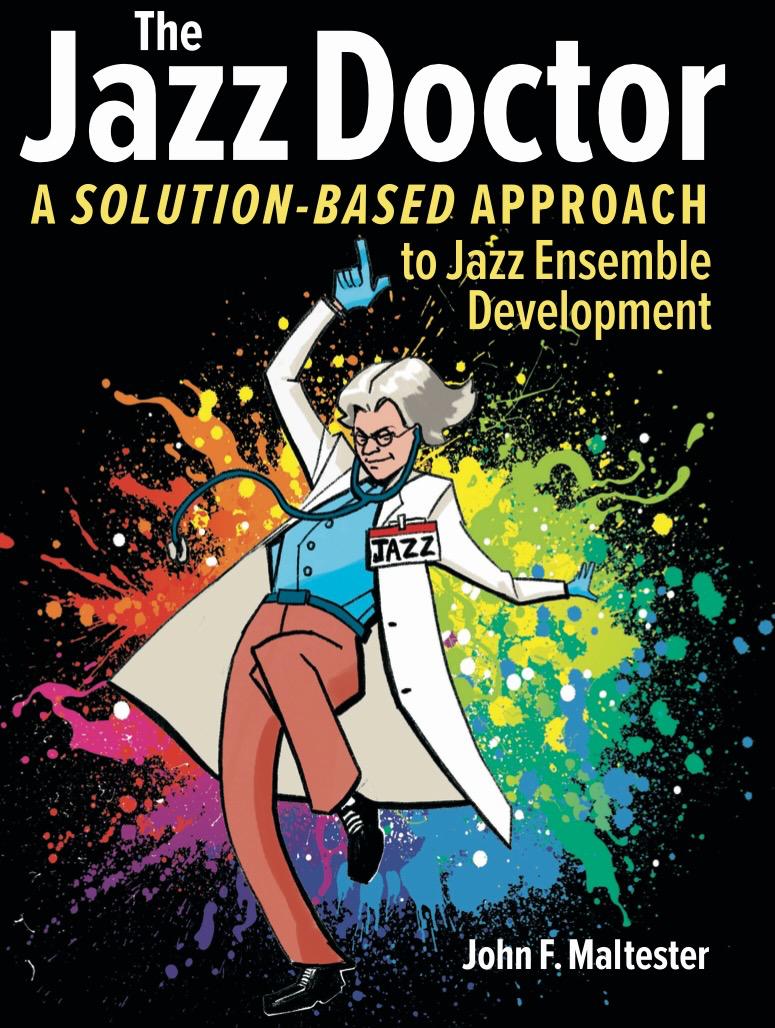

https://store.bookbaby.com/book/the https://store.bookbaby.com/book/the -jazz-
https://store.bookbaby.com/book/the-jazz-doctor





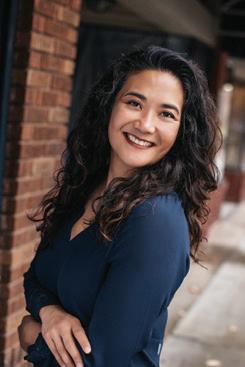



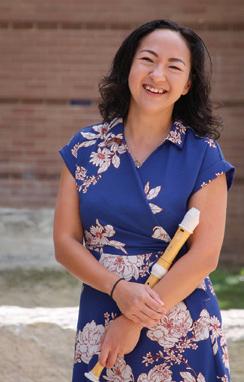
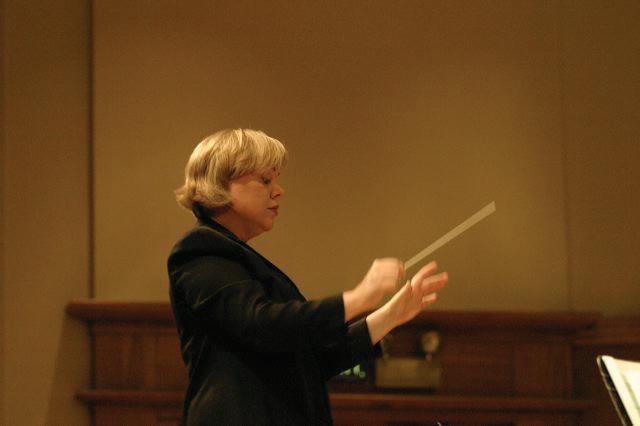
Program Features:
•
• 10 units each summer.
• 2-week in-person residency each summer.
• 4 weeks of online coursework.
• Up to 4 electives each summer.
•
• Courses o ered in



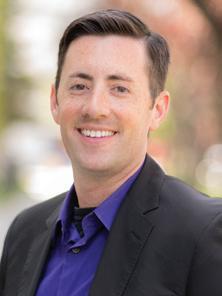
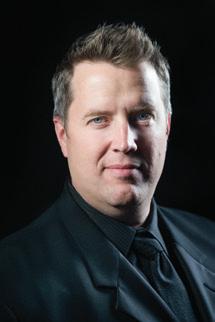

Jeremiah Jacks, CMEA Rural Schools Representative
By John Brashier, CMEA Advocacy Day Performance Coordinator
The four Arts Organizations: Dance, Music, Theatre, and Visual Art are continuing behind the scenes to showcase a fabulous event on March 12, 2025.
Groups local to Sacramento are encouraged to apply for a performance slot (link below) and/or plan a field trip for your students centered around arts advocacy and great performances. Those of us near the Capitol have an opportunity to represent all of the exemplary teaching going on across our great State. Please consider submitting your interest today. We would love to present world percussion, Orff performances, and mariachi groups, in addition to our vocal and instrumental ensembles. We are looking for all groups to meet the highest performance standards, so not all groups will be accepted, but please do send us the latest examples of your groups’ work. You can submit your offer to participate by filling out the google form at this link
We are looking forward to hearing from you!




I’ve enjoyed receiving a few messages recently regarding our rural areas. Questions like “What defines a rural area?” and “Why do we have a Rural Area Representative?” Questions like these will drive our discussion at CASMEC during our Round Table Discussion. Keep them coming! I’m also looking for ways CMEA can help our Rural Areas. Help me answer that question, “Why do we have a Rural Area Representative?” Here are a few thoughts to chew on to help us generate some discussion:
• The U.S. Census Bureau defines a rural area as any population, housing, or territory that is not within an urban area. The Census Bureau’s definition of rural areas includes: open country, settlements with fewer than 5,000 residents, and settlements with fewer than 2,000 housing units.
• Rural schools can face challenges, such as limited financial resources, attracting and retaining teachers, and longdistance transportation issues.
• Rural schools often lack community resources such as instructors for private lessons and music stores for instrument repair and rentals.
• Rural schools may not have a large enough population to support a full time music teacher.
Please email me with any thoughts, suggestions or questions:


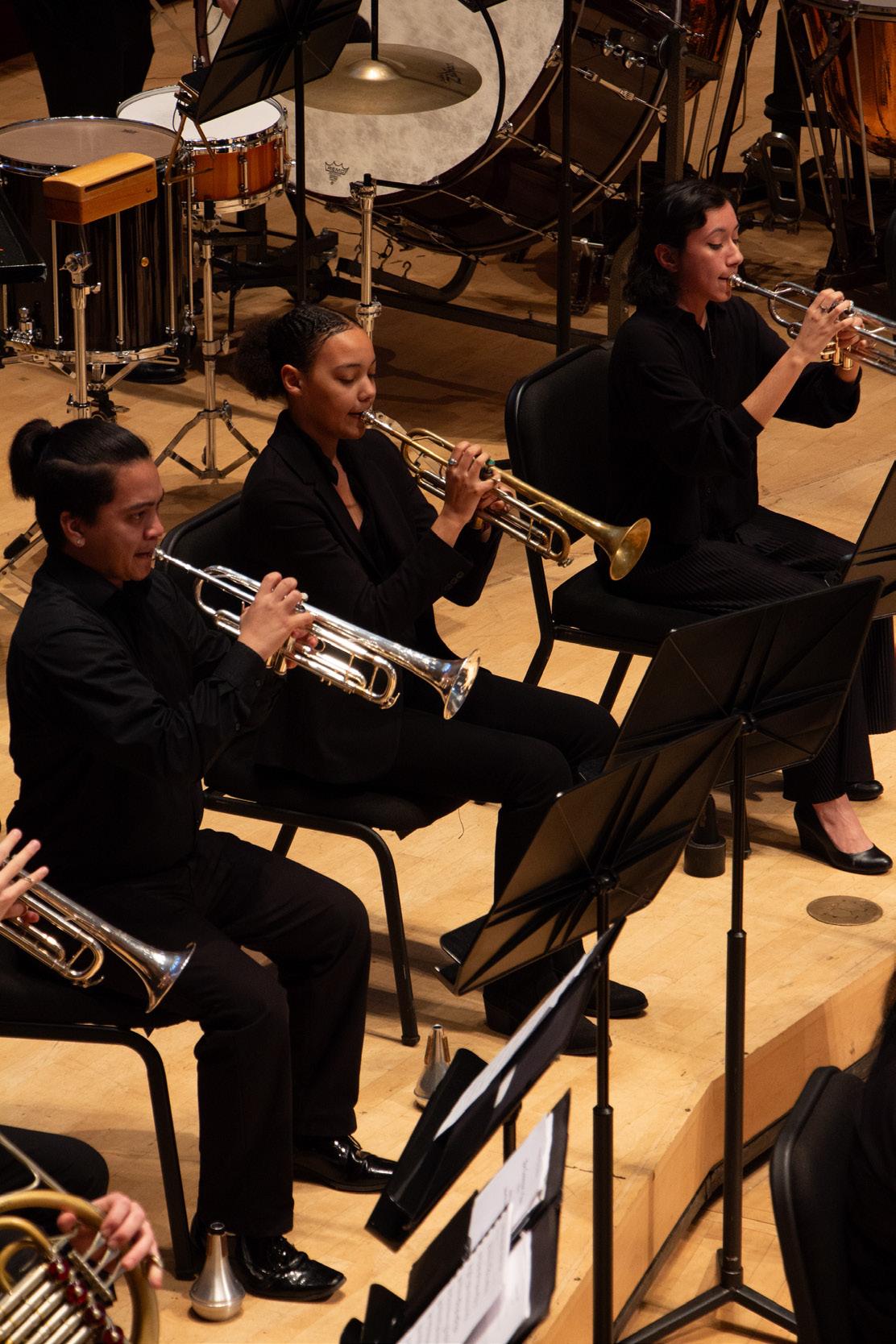
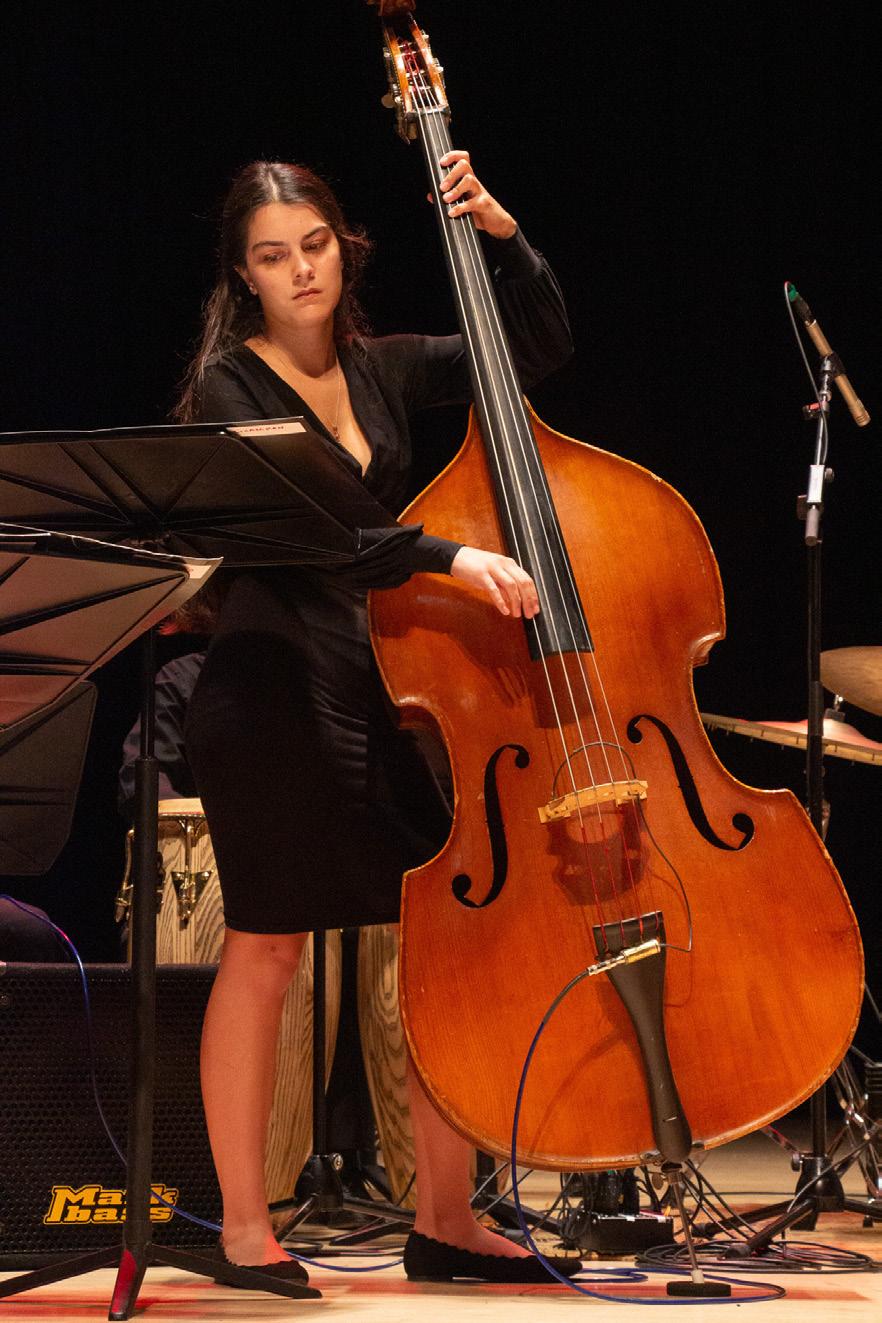


Claudio Alcantar, CMEA Urban Schools Representative
Dear urban school educators,
One of the beauties of teaching music is that we strive to create spaces where all students feel welcomed and a part of something special. If your classrooms are like mine, you may have students that are neurodivergent mainstreamed into your music classes. It is important that we are well equipped for providing these students with a wonderful music making experience.
Neurodivergent students may include students with Attention Deficit Hyperactivity Disorder (ADHD), Autism Spectrum Disorder (ASD), Tourette’s syndrome, learning disabilities, anxiety disorders, and obsessive-compulsive disorder to name a few. One may face challenges with neurodivergent students but in order to ensure that we create an inclusive environment, we must start by understanding neurodivergent students.
We can start by understanding the common characteristics, their sensory sensitivities, and their socialemotional needs. Then we may consider various options for classroom setups, seat flexibility, sensory considerations,

various communication strategies, routines, differentiated instruction, implementing mental breaks and learn how to modify materials to fit every student’s needs. Learning about common triggers and de-escalation techniques may also be beneficial for classroom management.
Recently we invited Jazz Hands For Autism (an LAbased organization that specializes in creating curriculum, training programs and avenues to employment for musicians with autism and other diagnoses) to give a professional development for our music teachers that I found very informative. It gave me a strong foundation and background on the various needs of neurodivergent students, and various strategies that could be implemented into my teaching immediately. If you or your district is interested in learning more about how you can create an inclusive environment for your neurodivergent students, I highly recommend you reach out to Dr. Ifunanya Nweke, the Founder and Executive Director of Jazz Hands For Autism. https://www.jazzhandsforautism.org/contact









My name is Adam Green, and I am honored to serve as the Diversity, Equity, Inclusion, and Access (DEIA) Chair for CMEA. I want to take a moment to reflect on the definitions of diversity, equity, inclusion, and access as outlined in our CMEA DEIA Policy.
Diversity encompasses the many markers of identity, including the intersectionality of multiple identities within each individual. These include, but are not limited to, ethnicity, language, culture, religion, learning modalities, socio-economic status, gender, sexual orientation, and ability.
Equity refers to the ongoing practices and provisions that create conditions where every student can reach their full potential in the study of music.
Inclusion is the practice of educating all students in music, recognizing and valuing diversity as an asset and honoring students and families as bearers of culture.
Access ensures the full availability of environments and resources, providing a free, active, and equitable pursuit of engagement in all opportunities.
This foundational understanding of DEIA is crucial for creating more inclusive and equitable spaces within our educational institutions, as well as for deepening our collective commitment to improving the experiences of students, educators, and communities in music education. As the DEIA chair, I aim to facilitate conversations that allow us to reflect on our organization’s progress—evaluating both our stated ideals and the actionable steps we are taking to bring them to life.
Fortunately, with the recent creation of our DEIA Policy and CMEA 2023-2027 Strategic Plan, much work has already begun in defining the ideals and goals that guide our commitment to Diversity, Equity, Inclusion, and Access for all members and the profession as a whole. Our next step is identifying tangible, actionable measures that will embed DEIA at the core of our work, ensuring it becomes a foundation rather than an afterthought or add-on.
Here are some starting points we are currently working through:
• Diversity in Representation: It’s essential that all voices, especially those from historically underrepresented groups, have access to decision-making and representation structures. One way to achieve this is by establishing a clear, accessible nomination or election process that encourages diverse participation. Publicizing these processes and actively engaging marginalized groups can ensure broader representation.
• Establish and publicly share transparent, objective criteria for selecting representatives and leaders, ensuring these include qualifications, DEIA commitment, and demographic diversity. Clearly communicate the nomination and selection process, timelines, and expectations to the membership to foster greater transparency.
• Clear Submission Criteria: Develop transparent and accessible guidelines for those wishing to present at CASMEC (or similar conferences), with an emphasis on diversity in speaker representation.
• Outreach to Underrepresented Groups: Actively seek out potential speakers from diverse backgrounds through outreach programs, networking events, or partnerships with organizations focused on underrepresented groups in music. A proactive approach will help balance the pool of applicants and ensure more equitable representation.
• Mentorship for Aspiring Presenters: Create mentorship or training programs for aspiring presenters, especially those who may lack the experience or resources to submit proposals. This can encourage underrepresented groups who might be hesitant to apply on their own.
While this is a broad and ambitious initiative (and may not be fully realized during my term), I am excited to begin this partnership with you all as we work toward fostering a more inclusive and equitable environment in our music education community. Stay tuned for more updates and details in the coming months!

by Anthony Dahl, CMEA Music Supervisors Representative

In partnership with the California Arts Education Association (CAEA), CMEA brought together arts education leaders from all over California. Nearly 60 VAPA supervisors, coordinators, and TOSAs attended one of two identical events hosted on October 18 at the University of the Pacific in Stockton, and on November 8 at the Hilbert Museum of California Art in Orange. The day’s agenda addressed a broad range of topics unique to the duties of arts supervisors and provided an opportunity to exchange insights, strategies, and support on pressing topics within arts education.
To begin the day, Michael Stone of Bakersfield City School District presented a session on recruiting and retaining qualified arts education staff. As the demand for skilled arts educators grows due to Proposition 28, Stone emphasized the need for active outreach, including the importance of building networks with universities, and highlighting the unique benefits of your district positions (such as supportive administration, competitive pay, and modern facilities) to attract qualified candidates. For retention, participants were encouraged to focus on fostering a positive workplace culture with strong mentorship and supportive relationships, which research shows are vital for teacher satisfaction and longevity. Stone’s approach served as a framework for participants to consider how they could adjust their recruitment practices in their own districts.
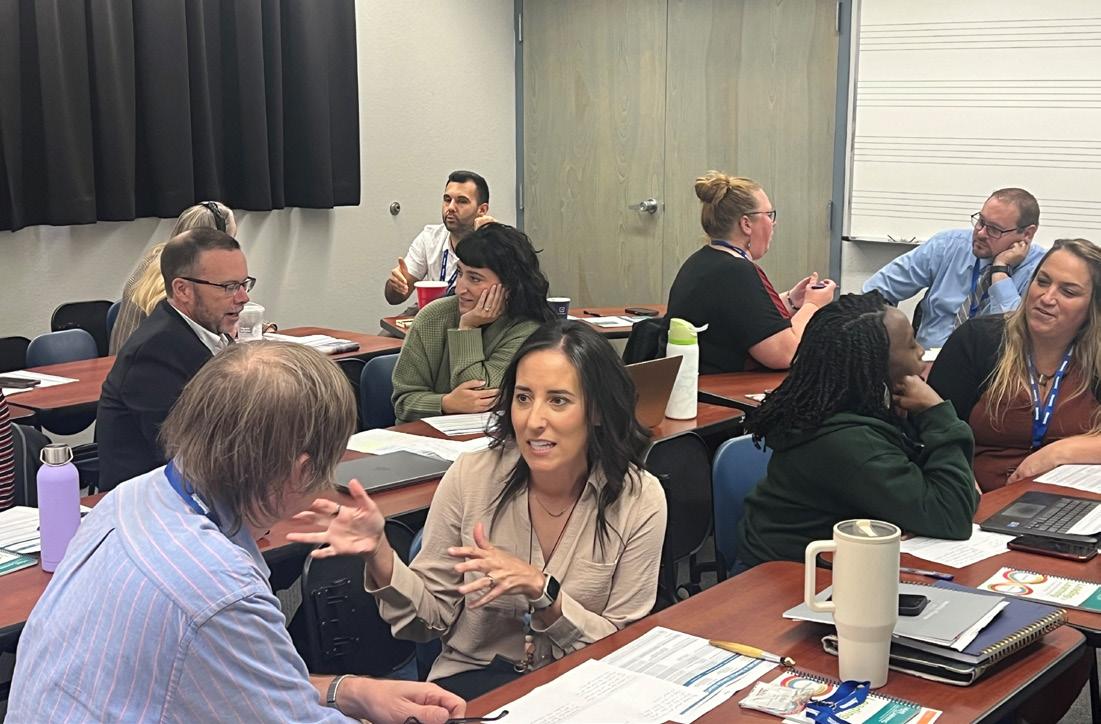
Next, Sarah Sugarman and her team at Lead by Learning facilitated an interactive session on the teacher coaching approach of “supportive challenge.” Supportive challenge is a coaching technique which aims to provide educators with constructive feedback to challenge held assumptions that impact their teaching, while maintaining a positive, empowering environment. After seeing a demonstration coaching session, participants took part in role-playing and group exercises to practice balancing support with challenge, preparing them to bring this coaching style back to their school districts.


After lunch the agenda shifted to a deep dive into Proposition 28. We began our discussion with presentations from local arts partner organizations: Dominique Enriquez from the Arts Education Alliance of the Bay Area (for Northern attendees) and Tiffiny Reckley from Education Through Music - Los Angeles (for Southern attendees). These speakers highlighted resources that are available to both school district and community-based arts organizations and outlined how arts partnerships can contribute to district successes in Proposition 28 implementation. This was followed by remarks from Chelsea Kelley, Principal Consultant to the California Assembly Education Committee, who provided legislative insights into the proposition’s impact and ongoing challenges. We concluded with a round table discussion of individual districts’ successes and challenges with the implementation of Proposition 28 so far.
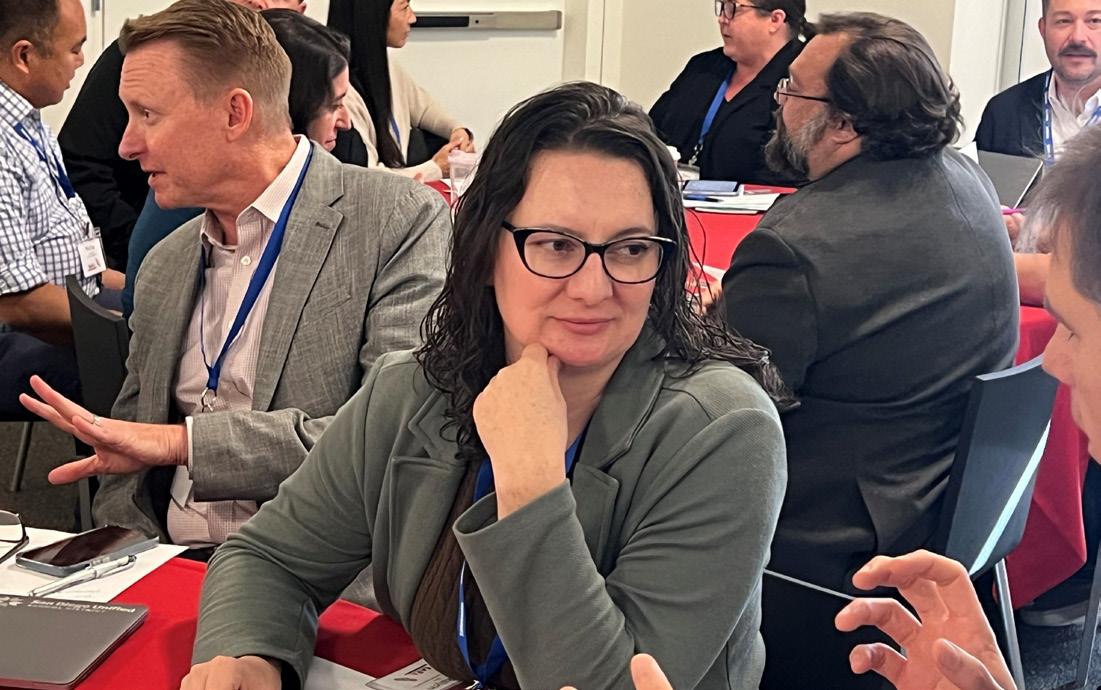
The day’s final session featured Jeremy Holien from the Perpich Center for Arts Education in Minnesota, who joined us via Zoom to speak about effective professional development tailored to the unique needs of school arts teachers. Holien stressed that while all educators benefit from ongoing training, arts teachers require specialized programs that recognize their specific contexts. He encouraged leaders to hold professional learning in artistic spaces, design learning to purposefully and continually deepen artistic literacy, and to take a measured approach to balance district and state mandates with opportunities for creativity and artistic growth. Throughout the engaging session, leaders were able to learn strategies to plan for success, develop teacher leadership skills, and empower arts educators to inspire students with impactful arts experiences. To close, participants were asked to look ahead to the coming year, and consider “what’s one thing you’re eager to focus on or learn more about? What’s one thing you plan to tackle or address in the coming weeks?”
As the day concluded, participants expressed appreciation for the practical strategies and networking opportunities that the gathering provided. This combined CMEA/ CAEA professional learning day underscored the importance of a connected, collaborative approach to arts education leadership in the state. A special thank you to Trish Adams, the board of CAEA, Vu Nguyen at the University of the Pacific Conservatory of Music, and Mary Platt at the Hilbert Museum of California Art at Chapman University for making these learning days possible.
If you are an arts education leader and you missed our professional learning day, you can access the agenda and handouts here. Our next planned meeting is at CASMEC on Saturday, January 18, at 9:00 AM in Room 6. If you would like to be added to the supervisors mailing list to be informed of future events, please email Anthony Dahl at adahl@musd.net
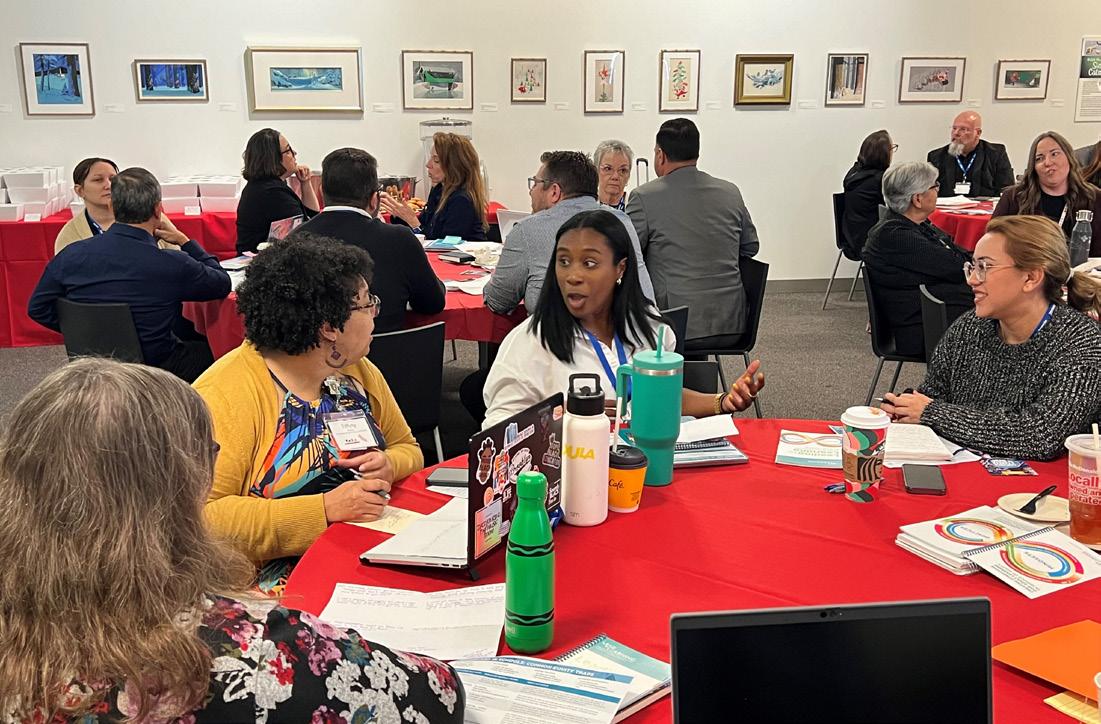


by Jack Aron,
CMEA Music Education Through Technology Representative
The evolving landscape of music education challenges educators to continuously change, especially with the growing influence of music technology in our students’ lives. Often initiated during pandemic closures and continuing in the “post-Covid” years, “music tech” programs have flourished, sometimes fusing with existing programs and sometimes standing alone. We have witnessed an expansion of music education, with traditional ensemble programs (band, orchestra, and choir) adapting to adapt to the age of digital music-making.
Despite what some educators fear, this changing landscape of music education should not promote competition between production and performance-based programs. Instead, production and performance can form a harmonious connection, creating coursework and curricula that serves all student populations--not just musicians. As music educators, we know that many students can benefit from a well-rounded music education, while others may need to learn through their own funds of knowledge. I recognize that traditional and alternative ensemble programs remain foundational, but I advocate for the integration of music technology to expand the educational experience and to enable students to engage more deeply with music, while gaining skills relevant to the modern music industry.
Because I come from a background of great instrumental/vocal music programs (a proud Santa Monica High School and UCLA alum), I want to dedicate my first article space to ensemble teachers specifically. Whether you direct bands, rehearse orchestras, conduct choirs, or all of the above, I offer two major tips to those looking to introduce music technology to their classrooms:
Most students have smartphones, and many use them constantly—of which teachers are all too aware. If frequent phone use disturbs you, try putting it to your advantage! Smart practice tools such as TonalEnergy and Modacity, or even more extensive platforms like MakeMusic (formally SmartMusic), can
be particularly effective in an ensemble setting. These apps allow students to receive immediate feedback on intonation, rhythm accuracy, and have a “video game like” interface that keeps students engaged. Teachers can assign specific parts or exercises to practice, track student progress, and provide targeted feedback. When students have these tools at home, they become more engaged in their practice routines, and the ensemble collectively benefits from improved individual performances. These apps, along with other useful music-related apps (metronomes, tuners, keyboards, etc.) can transform a phone into a useful practice tool.





Incorporating live sound and audio production technology is another way to modernize ensemble programs and is easily implemented. With the increasing use of sound reinforcement
in live performances, students benefit from understanding how microphones, mixers, and PA systems function. For example, you might involve students in setting up microphones for a concert, learning the basics of mic placement and mixing for different sections. With minimal audio equipment even (an iPhone has a powerful microphone), concerts can be recorded, and students can learn to mix and master the audio stems afterwards. Educators can train students to set up and adjust these systems, giving them hands-on experience in live and recorded sound engineering—an invaluable skill in today’s music industry. Some easy browser DAWs (digital audio workstations) that I recommend would be SoundTrap and BandLab, which make recording, mixing, and mastering audio fairly intuitive. For additional help in this subject area, for students and teachers alike, consider partnering with organizations like Young Producers Group!
In closing, integrating technology with ensemble programs enhances musical learning, broadens engagement, and prepares students for a digitally connected world. By taking small steps to introduce digital tools, practice aids, collaborative projects, and live sound techniques, we can create an inclusive, forwardthinking music education experience. Embracing technology in our ensembles isn’t about replacing tradition; it’s about enriching it, ensuring that the music programs we build today will continue to inspire and educate generations to come.
If you have any questions, do not hesitate to send me an email at jackaron@ccusd.org
Teagarden Jazz camp
Registration is underway for the 39th annual Teagarden Jazz Camp at Sly Park, CA. Students ages 12 through 20 receive daily one-on-one and ensemble instruction,with emphasis on improvisation, plus nightly performances and end-of-camp concert. Two one-week sessions, July 21-26 and July 28–August 2. Students can apply online at www.sacjazzcamp.org or email pjones@SacJEF.org.
SCHOLARSHIPS ARE AVAILABLE!
Do you have students who cannot afford their own instrument? If so, have them apply online at https://sacjef.org/instrument-match/. Restricted to students in the greater Sacramento region, and subject to available inventory.
The perfect tool for Music Educators dealing with online teaching. FREE videos available on a multitude of topics, suitable for beginner to advanced, student or adult. Check it out at www.sacjef.org





CMEA Elementary Music TK-5/6 Representative

Dear CMEA Elementary Music Teachers,




CMEA
My name is Dr. Jenny Gee, and I am honored to serve as your 2024-2026 CMEA Elementary Music TK-5/6 Representative. As an Associate Professor of Elementary Music Education at San Diego State University, I am thrilled to have the opportunity to support and advocate for our vibrant community of elementary music educators.



To ensure that I can effectively meet your needs and amplify your voices, I have created a Google Form to gather your insights and feedback. Your perspectives are invaluable to me, and I would greatly appreciate hearing from each of you. Whether it’s sharing successes, challenges, or innovative ideas, your input will help shape our initiatives and strengthen our programs.

Thank you for your unwavering dedication to elementary music education. Together, we can create an enriching environment for our students and foster a love of music that lasts a lifetime. I look forward to collaborating with you and making a positive impact in our classrooms and communities.

If you have any questions, suggestions, or simply wish to introduce yourself, please feel free to reach out to me at jlgee@ sdsu.edu. Your engagement is crucial as we embark on this exciting journey, and I hope to connect with you at CASMEC in January!
I hope that everyone had a fabulous concert season and hope that the fall has been a good one for you and your students. I’ve brought two resources for you to have a look at and listen to.

Perhaps they will spark some ideas for the second semester!

Sponsored by the YouTube Series “Pass the Baton: Empowering Students in Music Ed.,” this video is about an innovative way that orchestra director Matthew Shaffer engaged students in the orchestra. His “Pop Project” is a very cool project that involved students learning and arranging tunes they chose for their groups. Along with Sara Gulish and Marissa Guarriello, Matthew also cowrote the e-book, “The Creative String Orchestra,” which is full of ideas for middle and high school levels and also includes info about playing by ear and creative assessment. Check them out!






CMEA Elementary Music Teachers’ Google Form










CMEA Global Music Education Representative


Plan Ahead! Don’t miss these exciting Global Music sessions at CASMEC!
Thursday, January 16
Windows and Mirrors: Teaching Unfamiliar Musical Traditions within Elementary General Music
Dr. Jonathan Dillon
12 PM, Room B1
Mariachi Reading Session
Anthony C. Dahl
1 PM, Room B9
Friday, January 17

Celebrating Matsuri: The Festivals and Musical Heritage of Japan
Dr. Lily Chen-Hafteck and Emily Taylor
9 AM, Room A11
Saturday, January 18
Dr. William Coppola and Kelly Adams
4 PM, Room A11










Hello, Retired Members. I just truly enjoyed our October Retired Members Zoom meeting; thank you so very much for tuning in on a marvelous collaborative evening. The meeting included new introductions, and an exceptionally jovial and lively discussion on the ongoing musical events that we each are maintaining, as well as an expressed interest in paying it forward as a mentor teacher.







Incorporating World Music Pedagogy in the Kodály Classroom















Let’s keep this momentum going with a casual, unscripted and collaborative Retired Members Lunch while at CASMEC:
Date: Friday, January 17
Place: TBD
Time: 12:30




Please RSVP by filling out and submitting this Google Form:



I will email you with more details prior to CASMEC, and we can also schedule another Zoom meeting. Thank you so much for your continued support to Arts Education.




David Green, CBDA Director of Communications
CBDA is proud to announce our new social impact consortium composition by Giovanni Santos, a distinguished composer with a rich history of premieres worldwide. Santos has premiered works at prestigious venues like the John F. Kennedy Center for the Performing Arts in Washington, D.C., and with renowned ensembles such as the United States Naval Academy Band Brass Ensemble. His compositions have been performed by leading academic institutions and professional ensembles across the globe.
Mientras más honda las herida, es mi canto más hermoso.
The deeper the wound, the sweeter my song. - Jose Martí
This work is dedicated to the composer, Giovanni Santos’ mother, Carrie Santos Peña. His mother passed away on February 15, 2024, from a short but intense battle with cancer. Giovanni is honored to celebrate her through this composition. He writes:
“My mom was an immigrant from the Dominican Republic, moving to Puerto Rico for educational reasons. Her shining light shines bright in all of us, and we are so thankful for her guidance and unconditional love. Our memories are too many to share, but this work aims to celebrate her beautiful life.
La Última Llamada (The Last Call), uses a very specific musical idea throughout the work. As young kids, my mom would call my brothers and I with a very specific whistled interval. Although the interval varied, we always knew she was calling us back to the house in Puerto Rico or the Dominican Republic. The interval is first introduced by my mother herself in a recorded clip, her last time to do this before her passing. Once in a while, if she was only calling me, she would sing, “Gio-va-Gio-va-nniiiiiiii-tooooo!” (mm. 14-15). The motif is later expressed harmonically on the piano and glockenspiel and with the off-stage flute and clarinet. The off-stage flute represents my mother’s voice. The off-stage clarinet represents me (or my brothers).
I’m proud that this work also celebrates immigrants; their challenges, stories, and contributions. CBDA has developed a wonderful curriculum for students to explore and understand their own families and their stories. There’s a t-shirt that I wear proudly every week on campus here at La Sierra University (CA). On the t-shirt, the following is printed: ‘Because of my mom, I AM.’”
- Giovanni Santos, composer
On Dec 6-7, CODA hosted the CODA Honor Orchestras in Santa Monica, CA. Exceptional musicians from across the state were selected to participate in a two-day orchestra intensive under the baton of Elias Brown (CODA Honor Symphony Orchestra) and Lucy Lewis (CODA Honor String Orchestra). Bravo to all of these performers!
CODA Honor Symphony Orchestra
Elias Brown, Conductor
Slavonic Dances Op. 46, Nos. 1 and 2 by Antonín Dvořák
Testament (from Vishwas) by Reena Esmail
The Firebird Suite (1919 version) by Igor Stravinsky
IV. Danse Infernale, V. Berceuse, VI. Finale
CODA Honor String Orchestra
Lucy Lewis, Conductor Radiant Joy by Brian Balmages
Symphony No. 2, 2nd Movement by William Grant Still, arr. by Parrish
Serenade for Strings, Op. 11, I. Praeludium by Dag Wiren
Born by the River by Karen Sunabacka
CODA All-State Orchestras at CASMEC
CODA looks forward to hosting four honor orchestras at CASMEC in January 2025, featuring exciting repertoire from across the canon. CODA Diversity, Equity, and Inclusion Chair Alejandro Garcia shares more about some of our featured composers below.
CODA High School All-State Symphony Orchestra, William Eddins, Conductor Overture to Candide by Leonard Bernstein
As Dancing is to Architecture by Christopher Theofanidis
D’un matin de printemps (“Of a Spring Morning”) by Lili Boulanger
El sombrero de tres picos (“Three-Cornered Hat”): Suite No. 2 by Manuel de Falla
CODA High School All-State String Orchestra, Dr. Jacob Sustaita, Conductor
Air and Simple Gifts by John Williams
Entr’acte: A Minuet & Trio by Caroline Shaw
Strut by Michael Daugherty
CODA Junior High School All-State String Orchestra, Dr. Tammy Yi, Conductor
To Those Who Made Us by Mia Ruhman
Take the L.A. Train by Charley Harrison (CODA Composer Consortium 2025)
Pizzicato by Vivian Fung Testament (from Vishwas) by Reena Esmail
Habari Gani by Quenton Blache

CODA Junior High School All-State Concert Orchestra, Dr. Rachel Dirks, Conductor
Concerto Grosso in G, Op. 6, No. 1 by George Frideric Handel, arr. by McCashin
Snowberry by Yukiko Nishimura
Asturias by Isaac Albeniz, arr. by Chin
Incantations by Richard Meyer
Below are some CODA All-State Repertoire highlights, written by CODA’s Diversity, Equity, and Inclusion Chair Alejandro Garcia. We look forward to seeing you at CASMEC!
CODA HS All-State Symphony Orchestra 2025
D’un Matin de Printemps (“Of a Spring Morning”) by Lili Boulanger (1893-1918)
Lili Boulanger was born to a music family in 1893. Her father, mother, and sister Nadia were all trained composers and performers. Boulanger’s D’un Matin de printemps (“Of a Spring Morning”), composed alongside its companion piece D’un Soir triste (“Of a Sad Evening”), stands as a testament to the composer’s remarkable talent during the final months of her life. Despite being stricken by illness and witnessing the turmoil of World War I in Paris, Boulanger, the first woman to win the prestigious Prix de Rome at age 19, continued to compose. D’un Matin de printemps, completed just two months before her passing at age 24, showcases an interchange of rhythmic string motifs and bright wind passages. Premiered posthumously in 1921, this piece affirms Boulanger’s legacy as a pioneering and evocative composer, with Nadia championing her sister’s music throughout her long career.
Listen to D’un Matin de Printemps HERE.
CODA HS All-State String Orchestra 2025 Entr’acte: A Minuet & Trio by Caroline Shaw by Caroline Shaw
Caroline Shaw writes about her piece, “Entr’acte was written in 2011 after I heard the Brentano Quartet play Haydn’s Op. 77, No. 2—with their spare and soulful shift to the D-flat major trio in the minuet. It is structured like a minuet and trio, riffing on that classical form but taking it a little further. I love the way some music (like the minuets of Op. 77) suddenly takes you to the other side of Alice’s looking glass, in a kind of absurd, subtle, technicolor transition.”
Listen to Entr’acte HERE.

CODA JHS All-State String Orchestra 2025 Habari Gani by Quenton Blache (b. 2001)
Quenton Xavier Blache is a dynamic cellist and composer based in Los Angeles and a recent graduate of USC Thornton School of Music’s master’s program in screen scoring. With a bachelor’s in cello performance and composition and a minor in Chinese, Quenton’s career is already distinguished by performances at Carnegie Hall and internationally with groups like Sphinx Virtuosi and National Youth Orchestra USA. In February 2022, he performed the Dvořák Concerto with the Peninsula Symphony, and in October 2023, performed Bloch’s Schelomo with the Thornton Symphony after winning the USC Strings Concerto Competition.
Blache’s “Habari Gani” is named after the Swahili greeting exchanged during the celebration of Kwanzaa. The piece recently had its New York premiere at Carnegie Hall in 2023 with the Sphinx Virtuosi Chamber Orchestra.
Listen to Habari Gani HERE.
CODA Composition Consortium 2025, featuring composer Charley Harrison
The 2025 CODA JHS All-State String Orchestra will also be premiering a commissioned piece by Los Angeles composer and Jazz musician Charley Harrison. For its inaugural commission, CODA is proud to partner with Charley Harrison—composer, arranger, orchestrator, conductor, and guitarist—who has directed the UCLA Jazz Orchestra since 2004 and became the first Conductor and Artistic Director of the Hollywood Jazz Orchestra in 2023.
Harrison’s work has been performed by jazz legends such as Kenny Burrell, Clark Terry, Marcus Miller, and The Count Basie Orchestra. His acclaimed 2006 album, Keeping My Composure, spent 13 weeks on the JazzWeek radio charts. With experience in composing for youth orchestras and a background in film and commercial music, Harrison brings a versatile approach to this project. Learn more and become a member of the consortium here: CODA Composer Consortium!
CODA All-State JHS Concert Orchestra 2025 Snowberry by Yukiko Nishimura (b. 1967)
Yukiko Nishimura is a distinguished composer and pianist from Kyoto, Japan. She is known for her captivating contributions to contemporary classical music. A graduate of Tokyo University of the Arts, she furthered her studies under esteemed mentors, including Dr. Alfred Reed at the University of Miami and Dr. Richard Danielpour at Manhattan School of Music. Her career highlights include performances of her original works in Japan since 1996, a solo piano recital at New York Public Library’s Donnell Library Center, and composing music for silent films such as Edison’s 1910 Frankenstein and Kenji Mizoguchi’s The Water Magician. Nishimura has composed an extensive range of music for piano, marimba, percussion, chamber ensembles, and full orchestras, earning multiple nominations at the Hollywood Music in Media Awards. Her innovative spirit has also led her to collaborate on theatrical and traditional Noh productions. Now based in Los Angeles, she continues her work as a composer, performer, and arranger, enriching the world of music with her unique artistry.
Listen to Snowberry HERE.
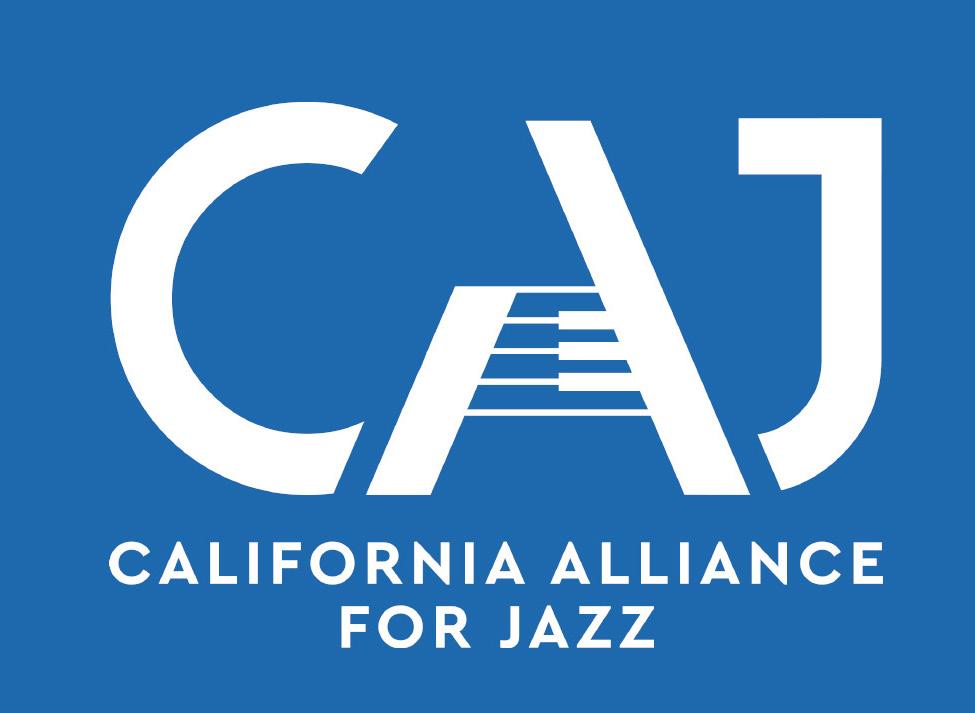
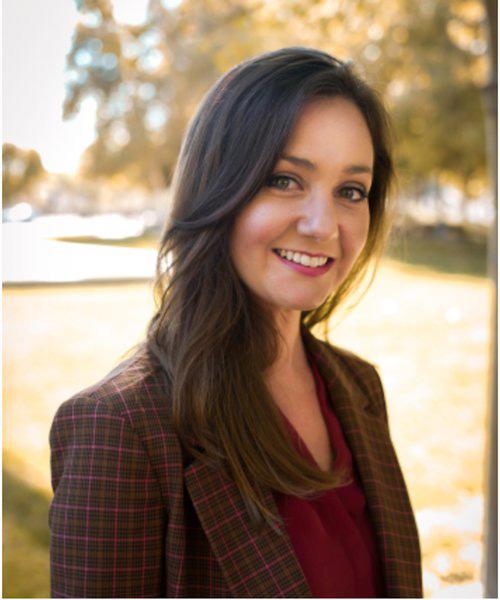
by Tina Raymond, CAJ President

Happy Holidays from CAJ! We look forward to sharing this year’s jazz offerings at CASMEC with you. Sessions include the following:
Full-time vocal educator Kaitlin Pi breaks down fundamental necessities for organizing, directing, and maintaining a vocal jazz ensemble. Pi is the choir director at Saugus High School in Saugus, CA. She is active in the Southern California Vocal Association and holds a degree in Music Education from California State University Long Beach.
Two veteran educators share their collective wisdom on rehearsal efficiency for student comprehension and progress. Beatty is a Professor Emeritus at Azusa Pacific University in Azusa, CA, where he taught Jazz Ensemble, Music Business, Music Theory, etc. His performance credits include the Wildlife West Big Band of Bill Watrous, Glenn Miller Orchestra, and has lengthy credits
as a studio trombonist for television and film. Pratt is Professor Emeritus at California State University Northridge in Northridge, CA, where he served as co-director of the jazz area, chair of Wind Studies, and Director of Orchestras. At CSUN, Pratt taught Jazz Ensemble, Combos, Improvisation, etc. As a bassist, he performed with Bob Florence, Kim Richmond, and others. An in-demand guest conductor, he has worked with the Santa Monica Symphony, Ventura Symphony, and Los Angeles Southeast Symphony Orchestras.
Trumpeter and Professor Joe Mazzafarro highlights how to nurture student engagement in a combo setting. Mazzafarro is Associate Professor and Associate Director of Jazz Studies at University of the Pacific in Stockton, CA. An active performer and bandleader, he released his debut album entitled “In Terms Of…” in 2017 featuring saxophonist Jeff Clayton, drummer Carl Allen, and pianist Donald Brown. He has performed with the likes of Donny McCaslin, Wycliffe Gordon, Christian McBride, Ingrid Jensen, and more. He holds an M.M. in Jazz and Studio Music from the University of Tennessee and a BM in Music Education from University of the Pacific.
Long-time jazz educator Sarah Cline shares an interactive approach to sight-reading and blues harmony concepts. Cline has been the Jazz Director at Berkeley High School in Berkeley, CA, since 2011. A trailblazer for representation, she is the founder of JazzGirls Day, a national event that encourages young women to experience representation and inclusion in the field. An in-demand trombonist in her own right, she is active on the San Francisco jazz and Latin jazz scenes.
Clingan and Fortune divulge facts of gender disparity in American youth culture, how that impacts student willingness to attempt to improvise in music, and what educators can do to change the narrative. Beth Fortune and Kelly Clingan are active music educators in the Seattle, WA, area. Fortune is the Associate Director for Washington Music Educators Association and band director at Ballard High School. Clingan is the Director of Education at Seattle JazzED, founder of the all-girl jazz band Girls Ellington Project, and band director at Washington Middle School. Together, they co-host the popular music education podcast “The Beth and Kelly Show” where, with guest educators, they discuss collaborative and supportive approaches for k-12 music educators.
Our usual Big Band Reading, Vocal Jazz Reading, and General CAJ Sessions will be held. Additional performances include the Sacramento State University Vocal Jazz Ensemble, Sacramento State University Jazz Ensemble 1. The 2025 All-State Vocal Jazz, Jr. High Instrumental Jazz, and High School Jazz Ensembles are, of course, a highlight.
CAJ is thrilled to honor three legendary jazz educators with their induction into the Hall of Fame. Join us in celebration of these fine educators. 2025 inductees include the following:
Bobby Bradford was Professor of Jazz Studies and Trumpet at Pasadena City College for over 30 years, and retired in 2021 as a lecturer from Pomona College where he taught jazz history and directed jazz ensemble for 44 years. In 2009, Bradford received the Festival of New Trumpet Music’s Award of Recognition. In 2022, Bradford was The Los Angeles Jazz Society’s Los Angeles Treasure Award recipient. Born in Mississippi in 1934, Bradford’s family moved to Dallas, Texas, in 1946. In 1953, he moved to Los Angeles where he joined Ornette Coleman’s band. In 1971-72, Bradford
recorded with Coleman on the album Science Fiction alongside Dewey Redman, Charlie Haden, and Ed Blackwell. Upon leaving Coleman’s band, Bradford began a decades-long musical partnership with John Carter, woodwind artist and composer. This partnership produced many notable international festival performances and recordings.
Bob Athayde taught at Stanley Middle School in Lafayette, CA, for 38 years where he built a nationally recognized and awarded music program. The Stanley Jazz Messengers were selected to perform in the inaugural middle school portion of the Monterey Next Generation Jazz Festival. Athayde is a highly sought after clinician and guest artist nationally and has appeared as a performer and clinician at the Sitka Jazz Festival, Lionel Hampton Jazz Festival, and the U.C. Berkeley Jazz Festival. He was named California Band Educator of the Year in 2005, CMEA Bay Section Outstanding Music Educator in 2007, and in 2008 received the Warren Eukel Teacher Trust Award and Grant. In 2013, he received the California Music Educators Bay Section Jazz Educator of the Year. Athayde has performed and taught with many legendary jazz artists including Roberta Gamborini, Paquito D’Rivera, Sean Jones, Ira Nepus, Steve Turre, etc., and continues to perform. An advocate for jazz education in the Bay Area, Athayde is touted by many educators as a beacon of wisdom and pedagogical resource.
Dr. John Calloway was a longtime faculty member at San Francisco State University’s School of Music. In 1999, he founded their Afro-Cuban Ensemble, which he directed for 25 years. Calloway began teaching in the Bay Area in 1984 for the San Francisco Unified School District. He was a long-time advocate for inclusion and diversity in the arts, including proportional representation at district festivals for students of color. As an administrator, John worked for equitable student access to the Ruth Asawa School of the Arts and helped to create the district’s Mariachi program before his retirement in 2020. Calloway led the Bay Area renowned Latin Jazz Youth Ensemble of San Francisco as music director from 2021-2024. He also taught regularly at the Stanford Jazz Workshop, Jazz Camp West, the Lafayette Jazz Summer Music Workshop. As a performer, Dr. Calloway has worked with internationally known musicians Israel “Cachao” Lopez, Charles Musselwhite, and Max Roach. He has led various ensembles under his own name that have performed at SFJAZZ, the Stanford Jazz Festival, San Jose Jazz Summerfest, the Monterey Jazz Festival and he has released several of his own recording projects.
Please visit us at our vendor booth and at the CAJ General Session. We look forward to discussing your jazz education needs!
Can’t make it to CASMEC but need support? Check out CAJ’s free Zoom “Tune-Ins,” Co-sponsored Summer Jazz Institute https://www.scsboa.org/summer-jazz-institute-registration/ and cajazz.org

